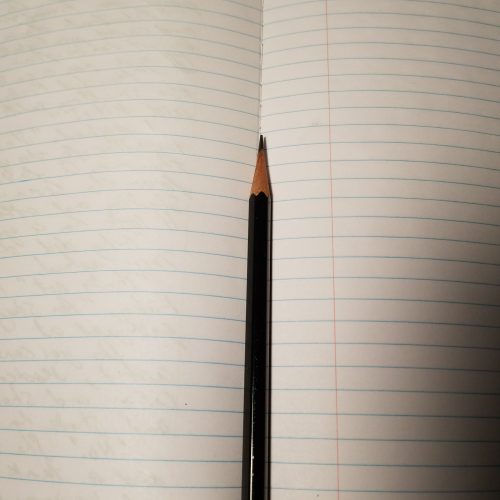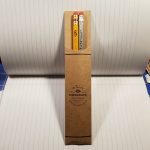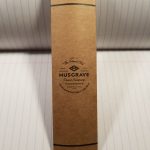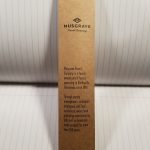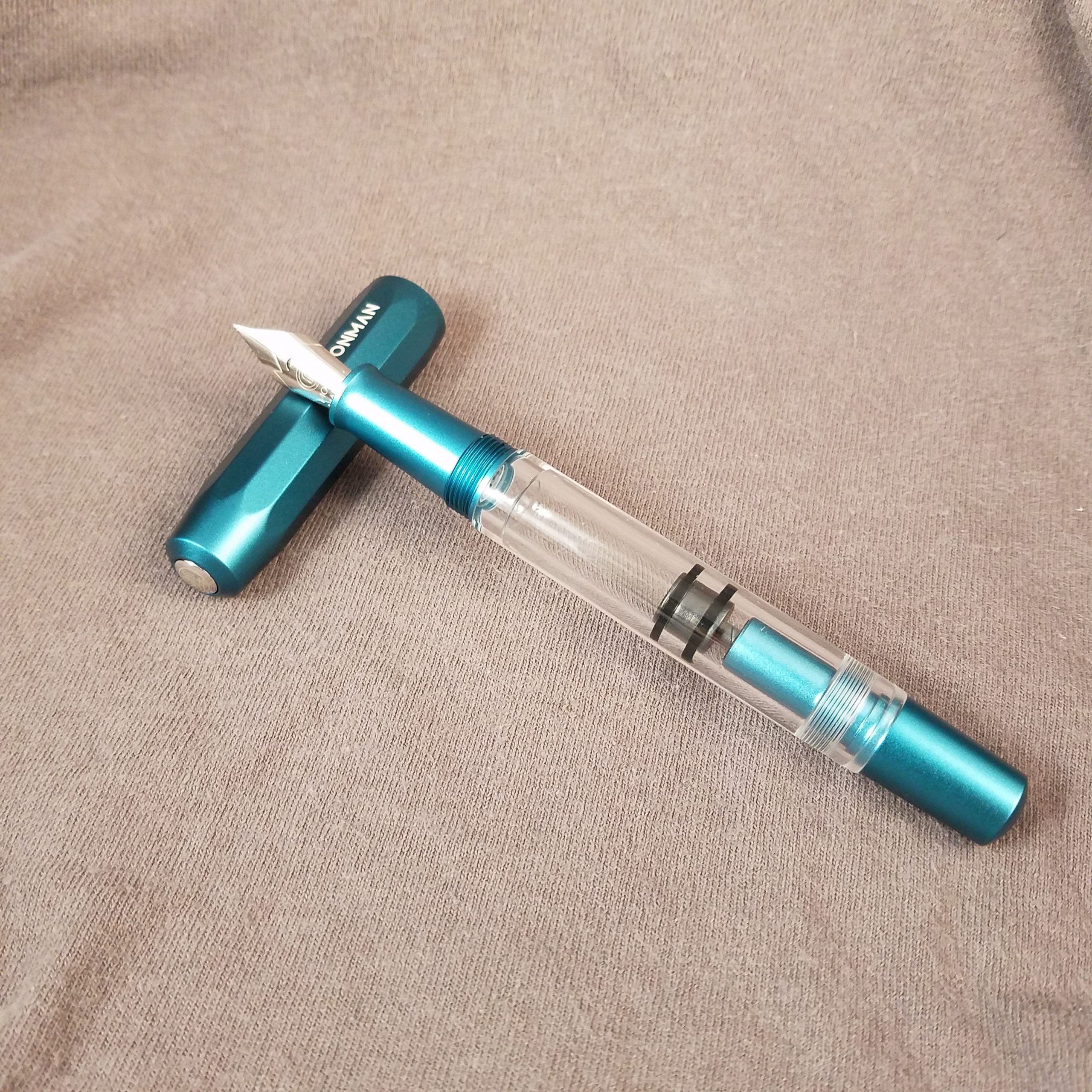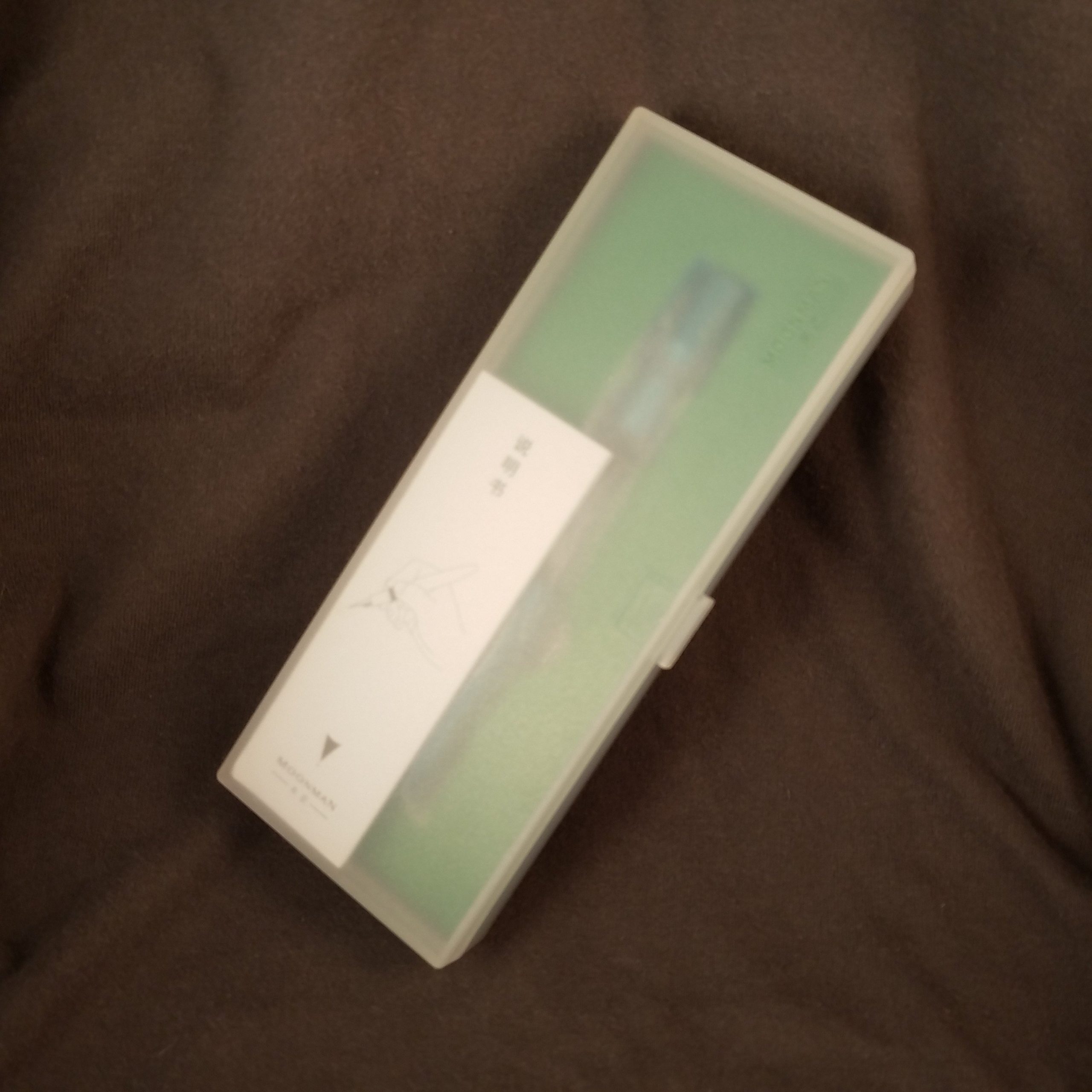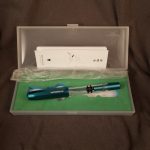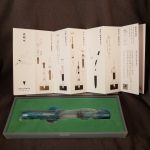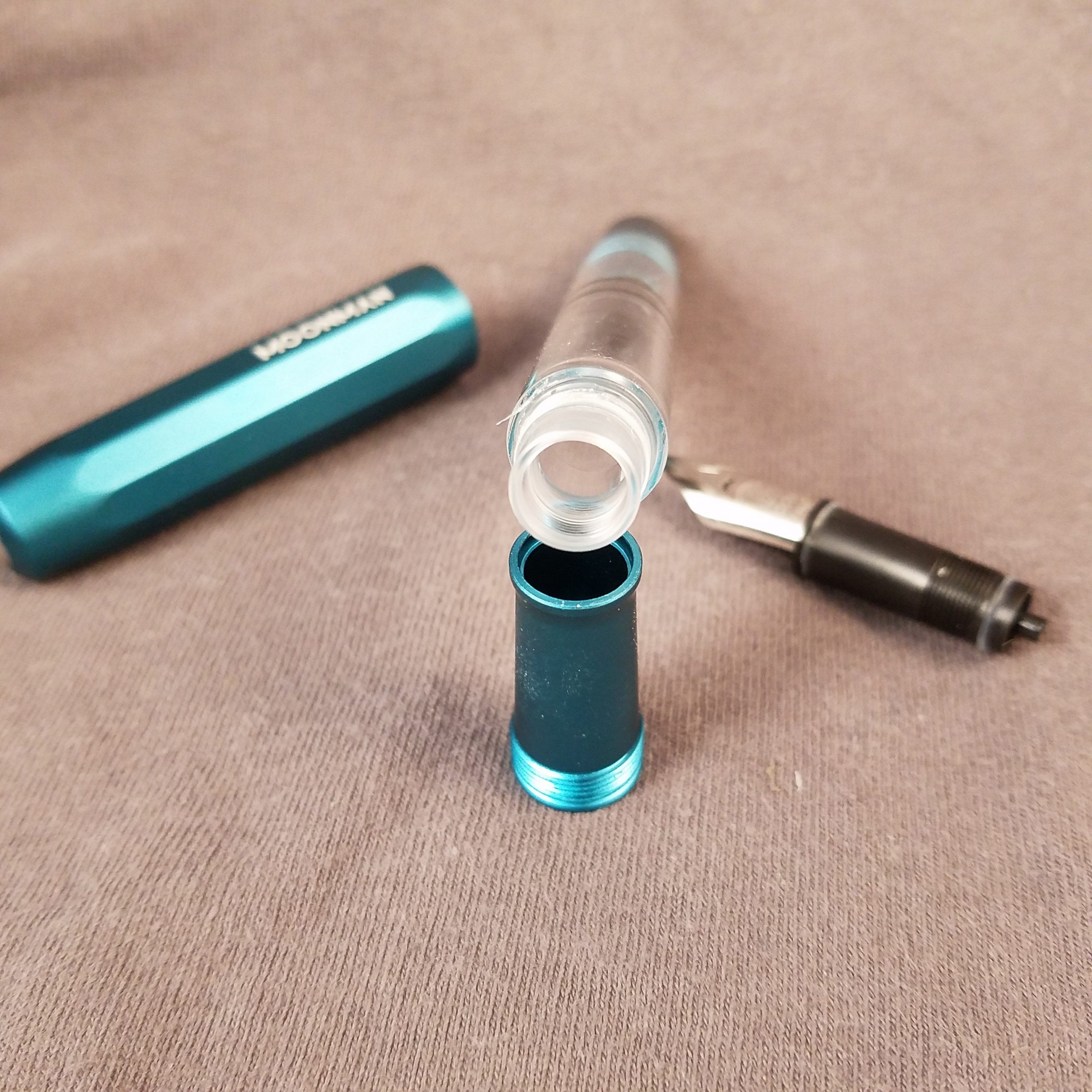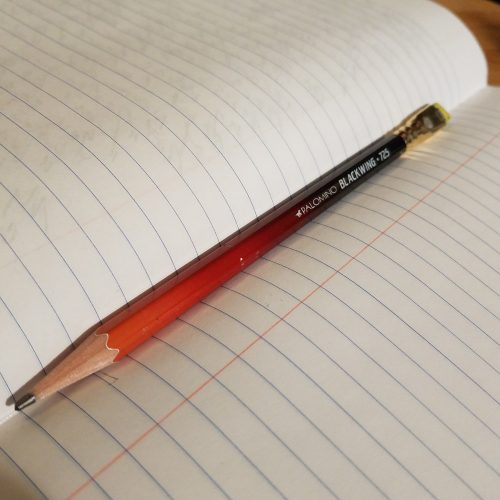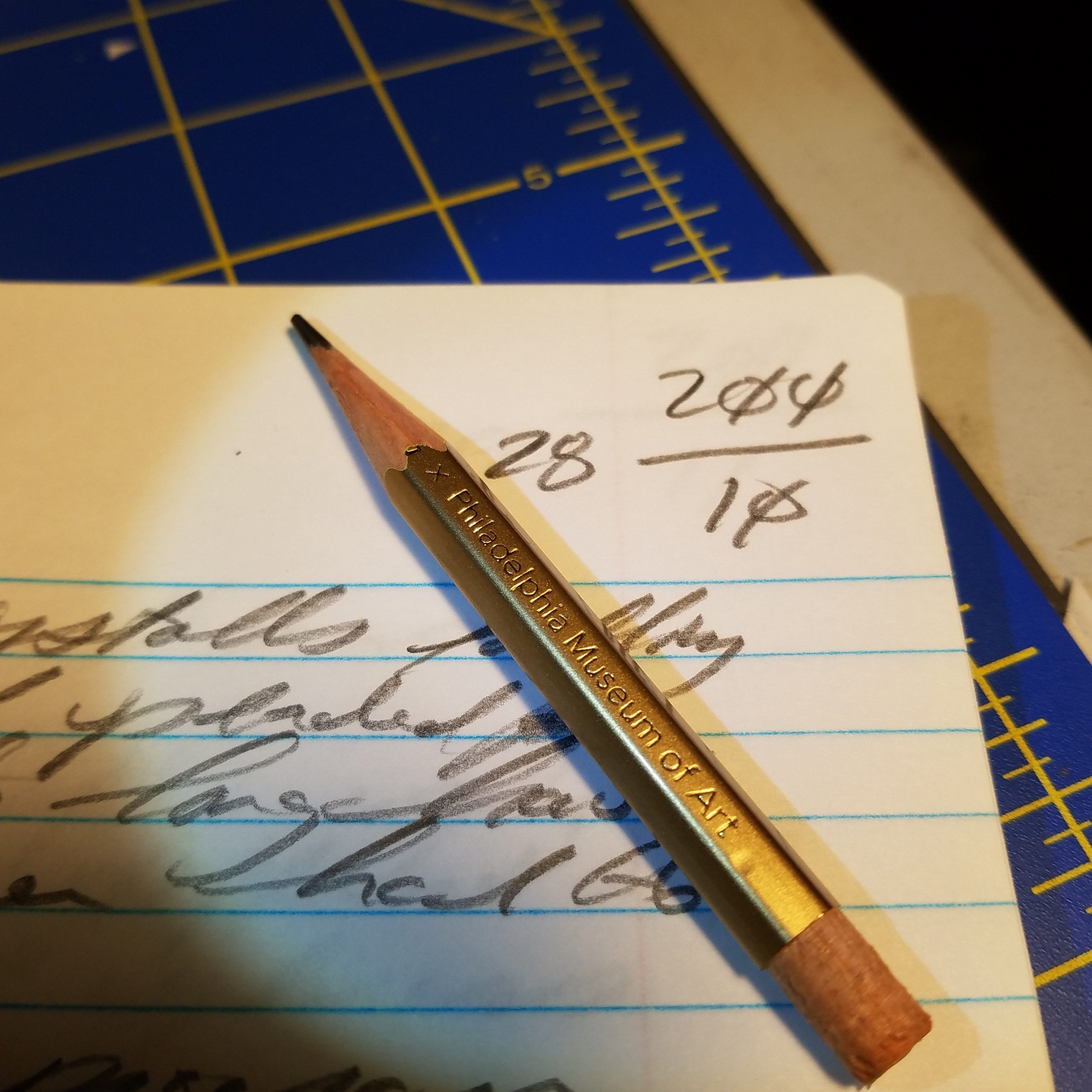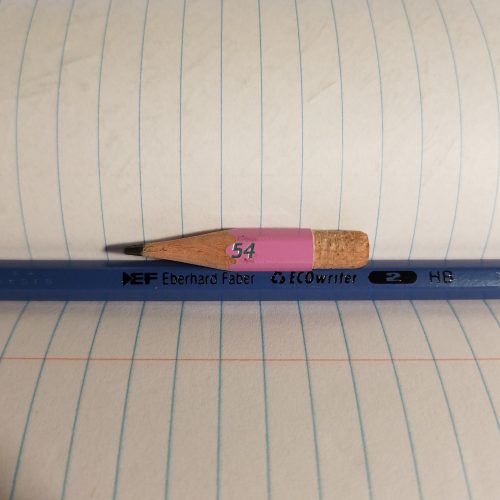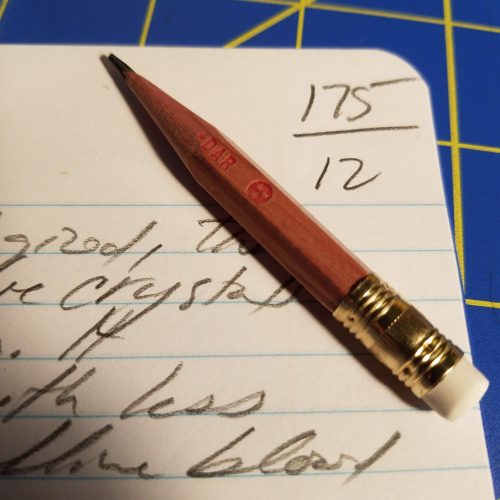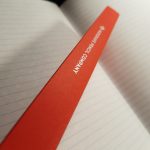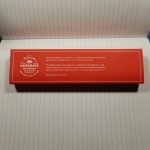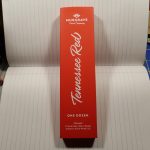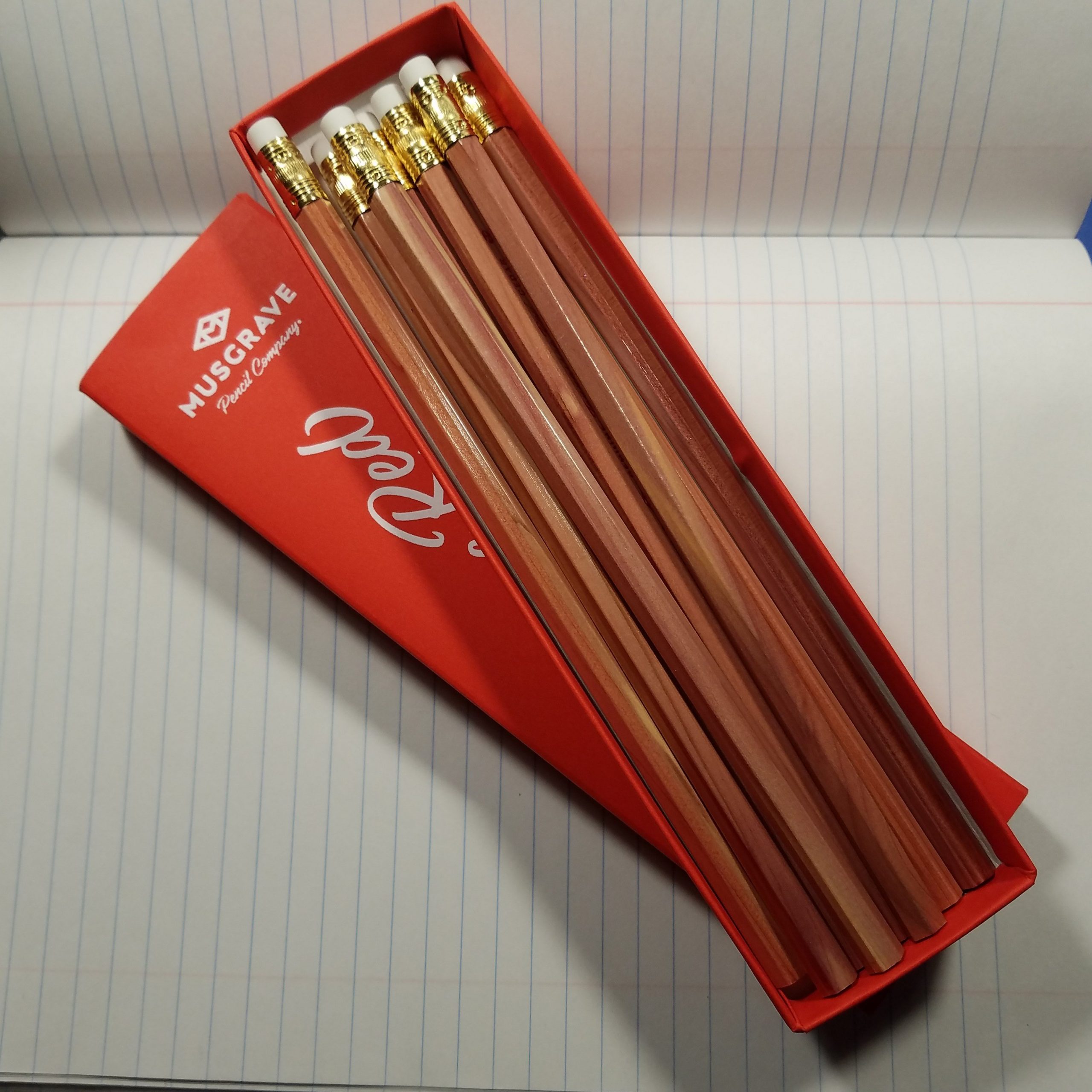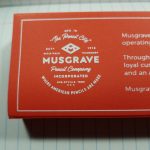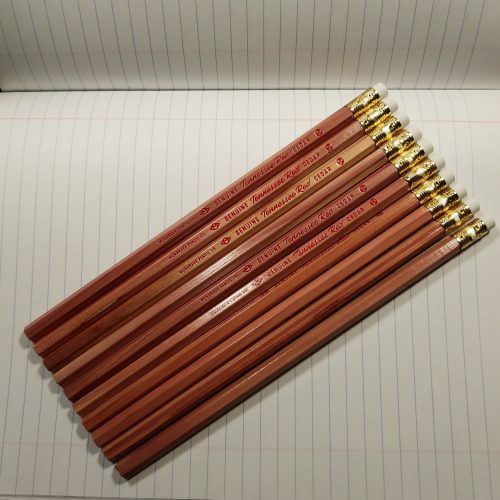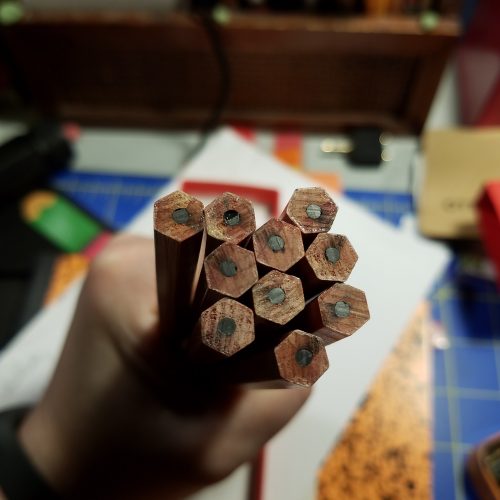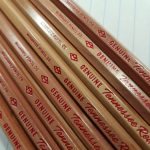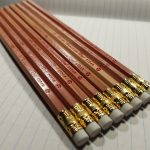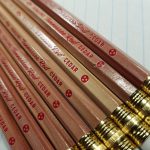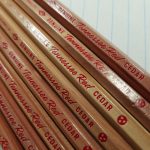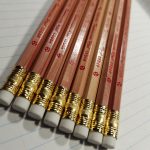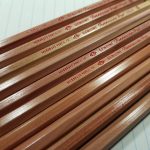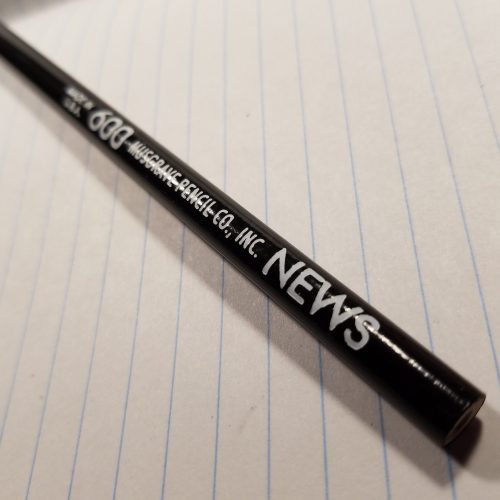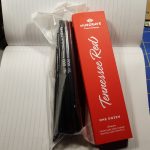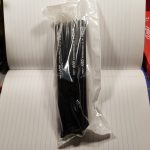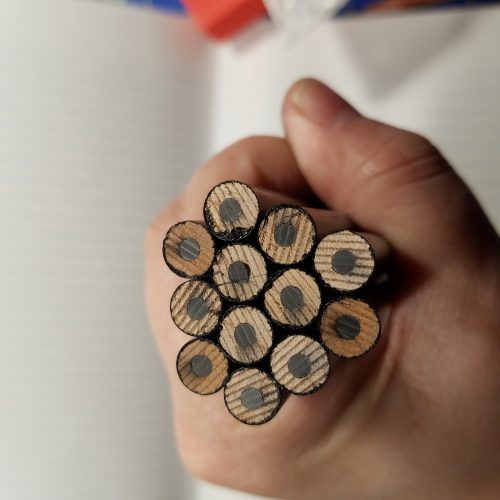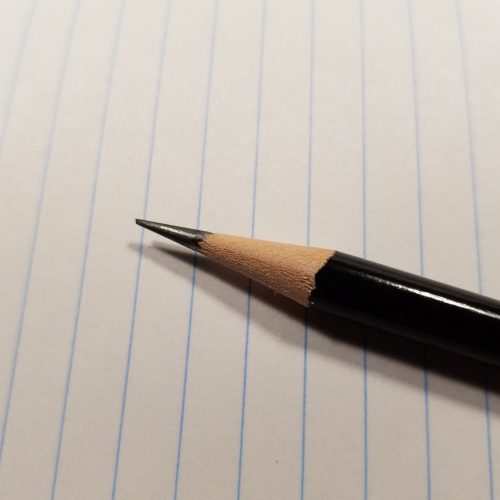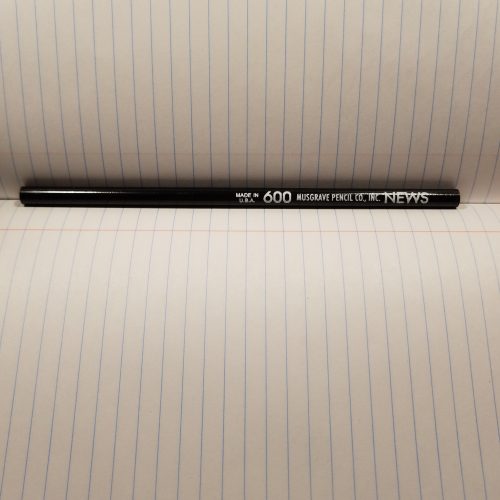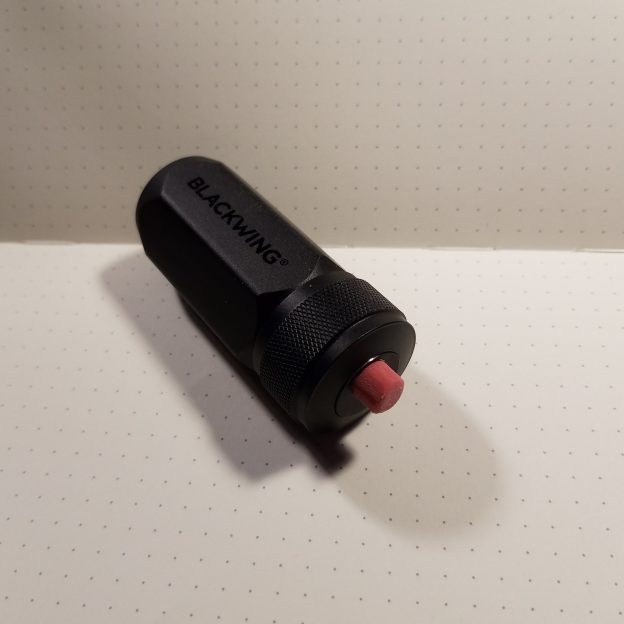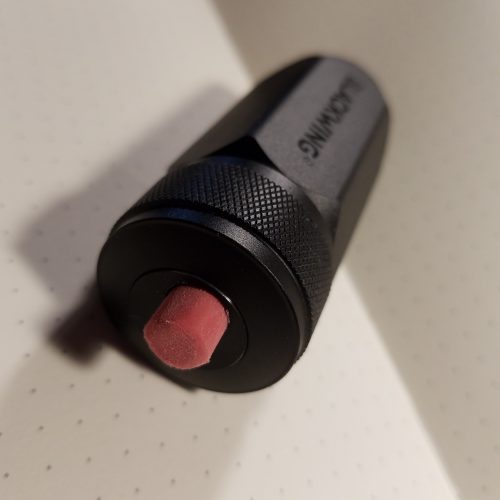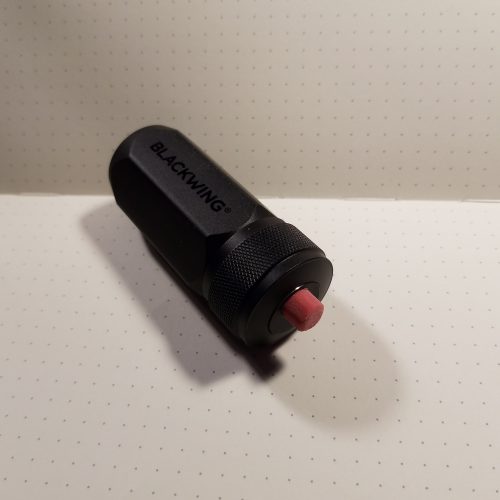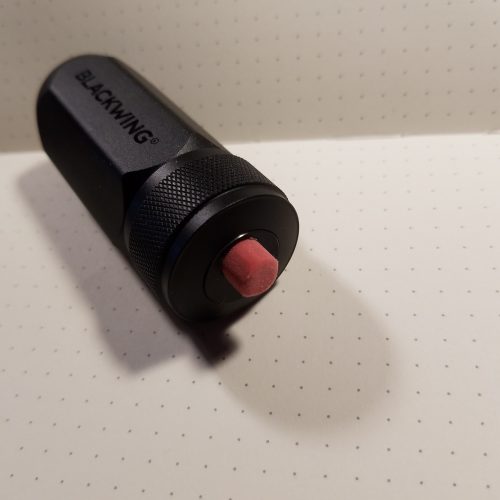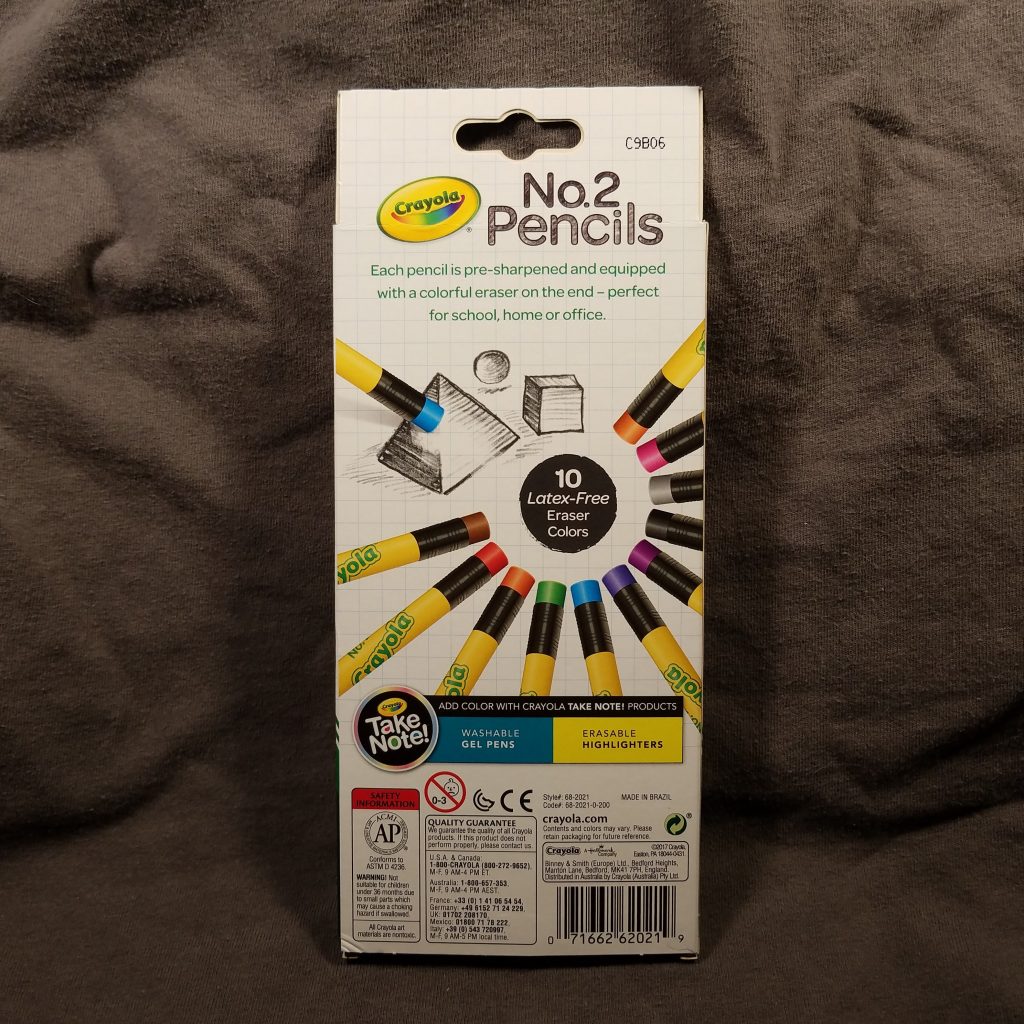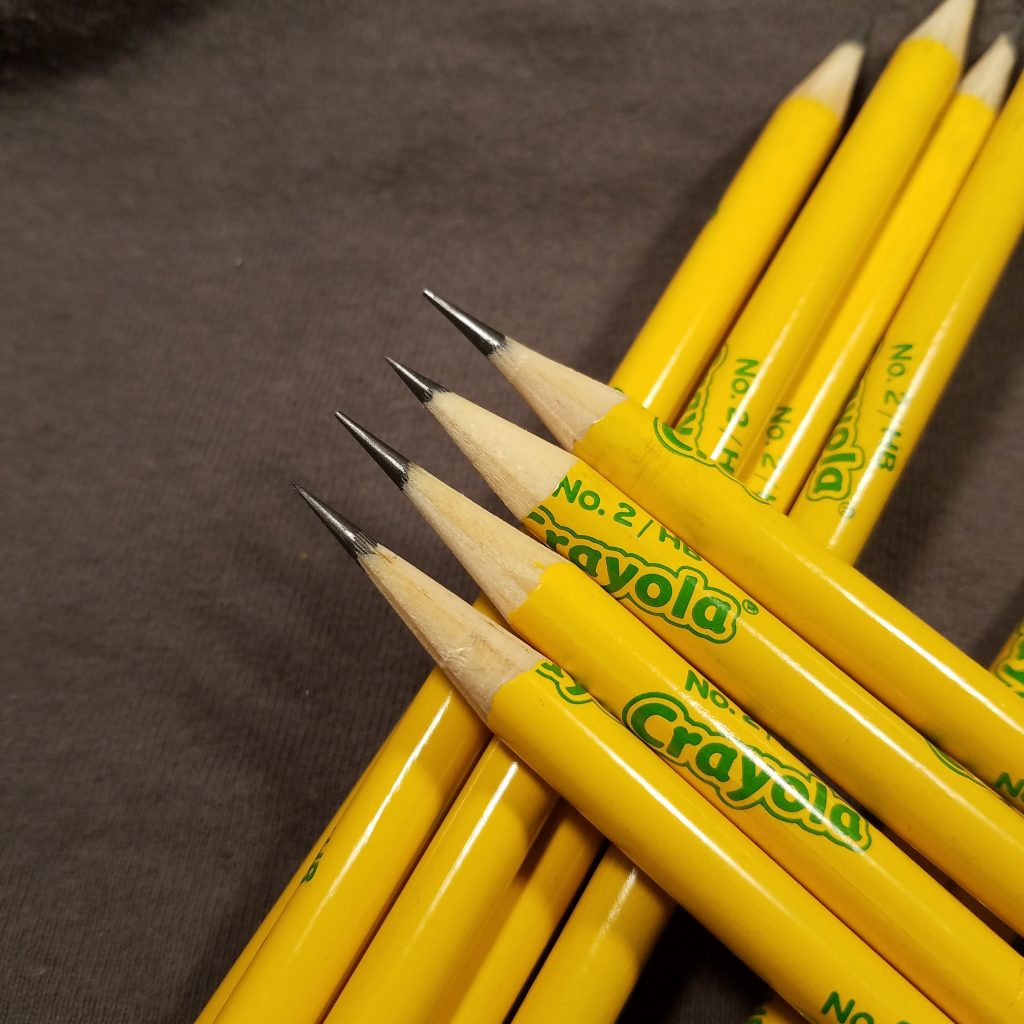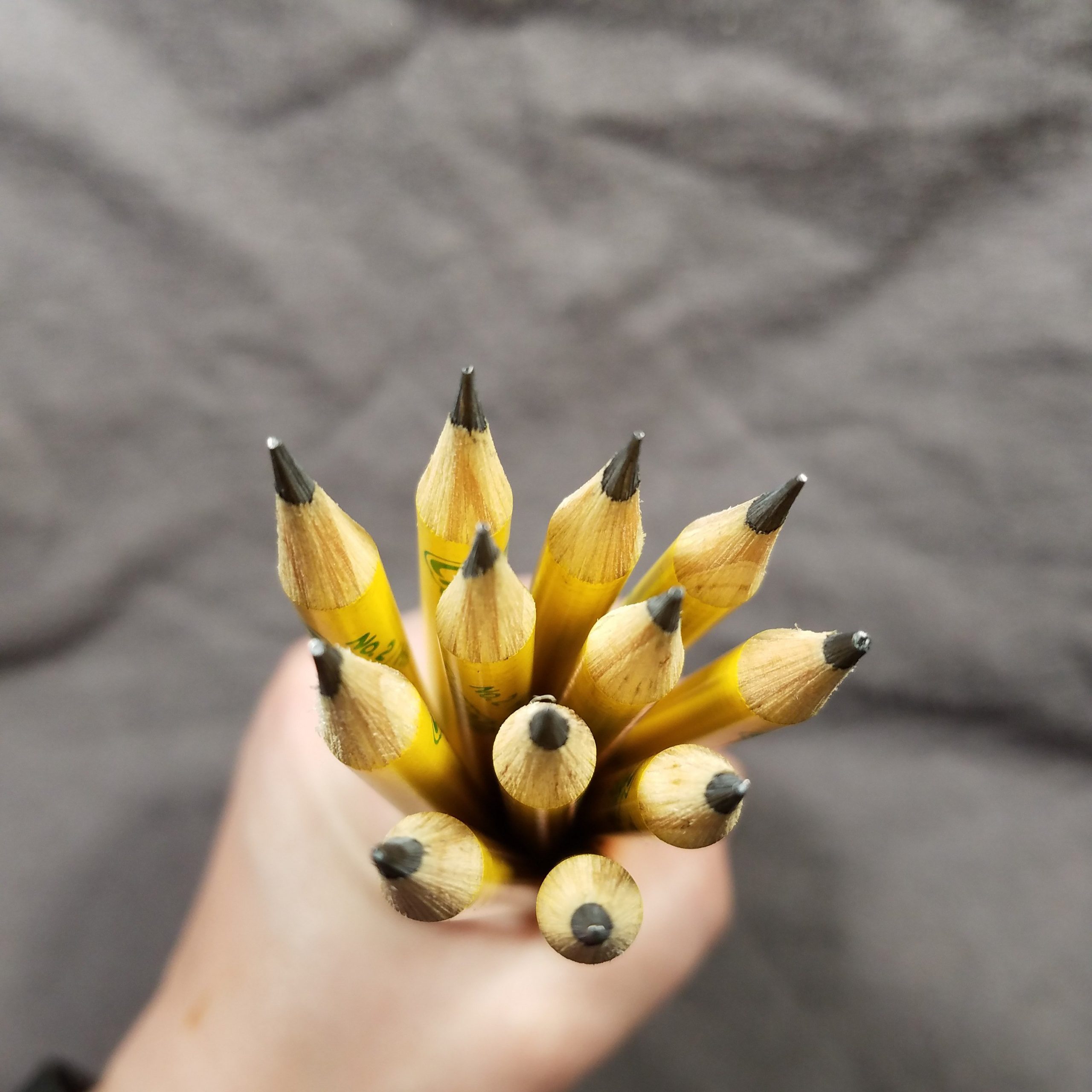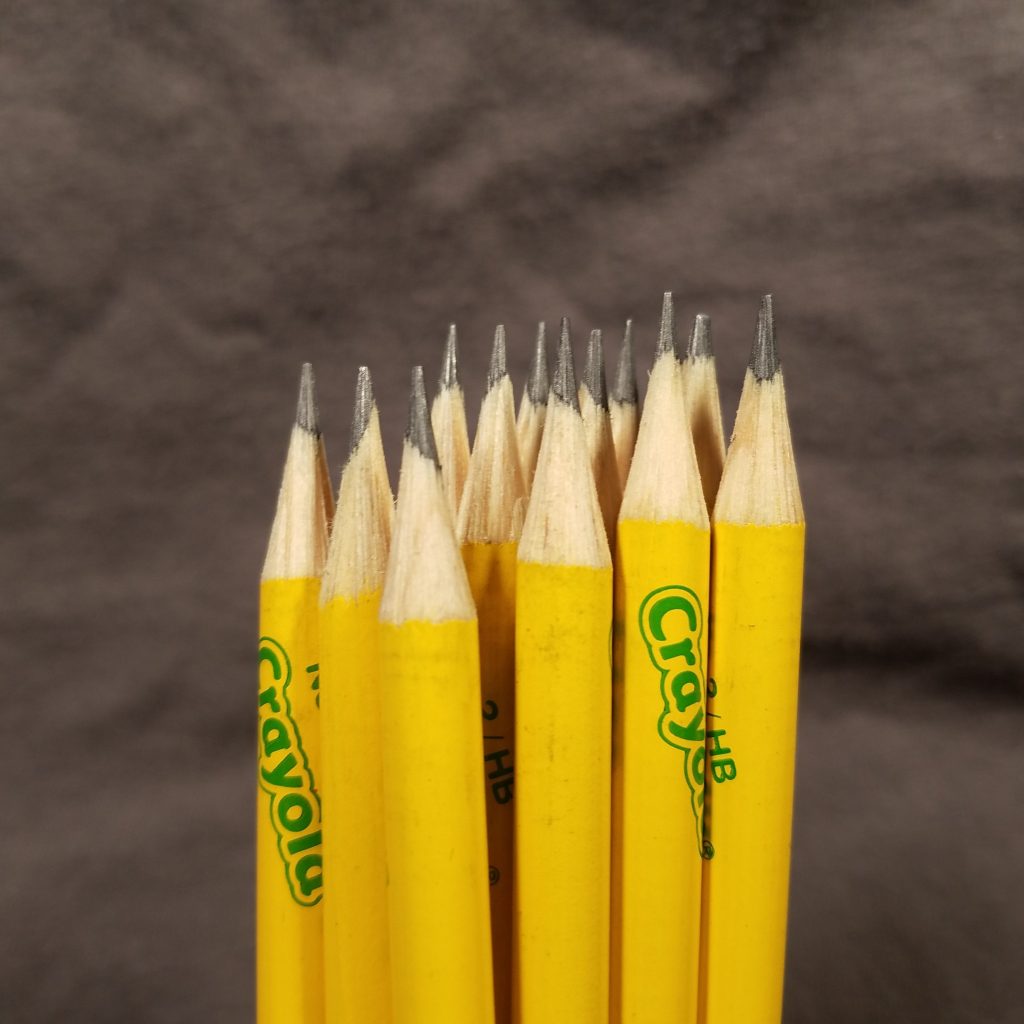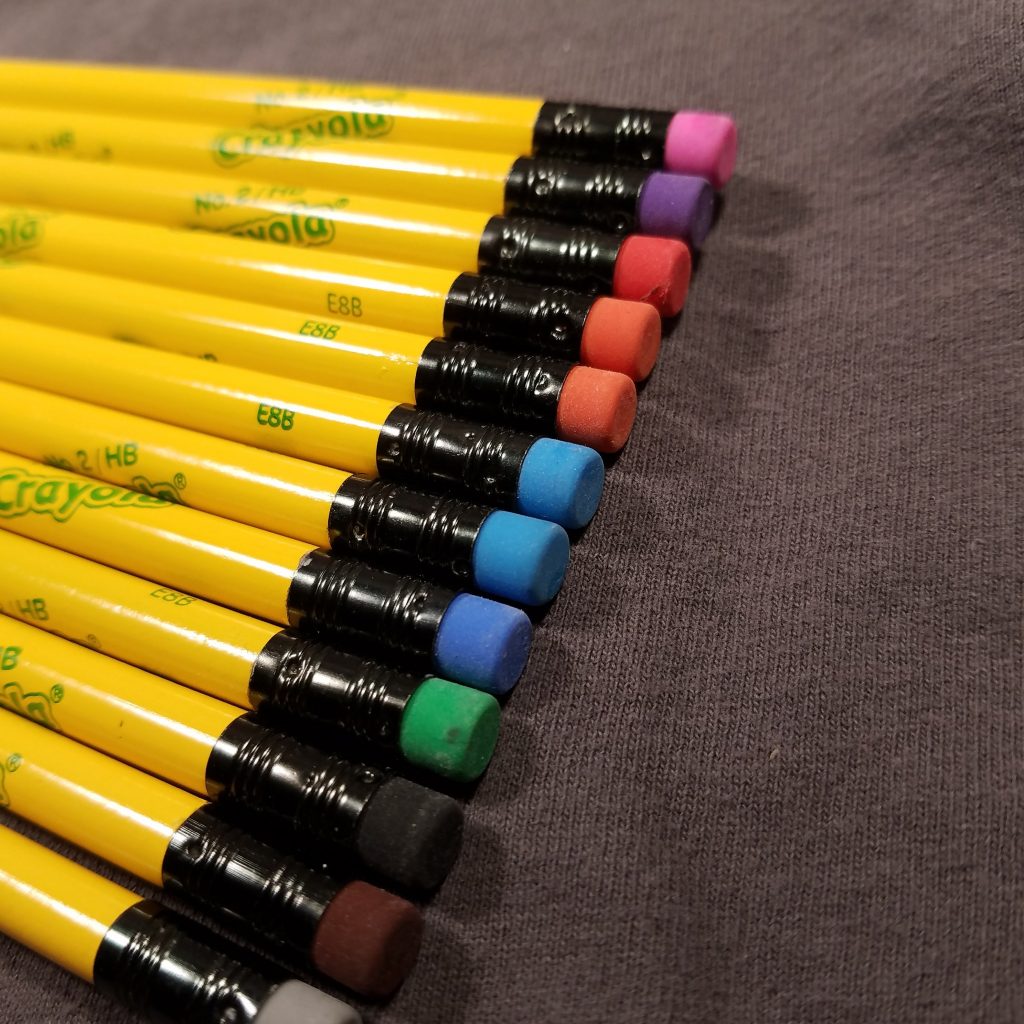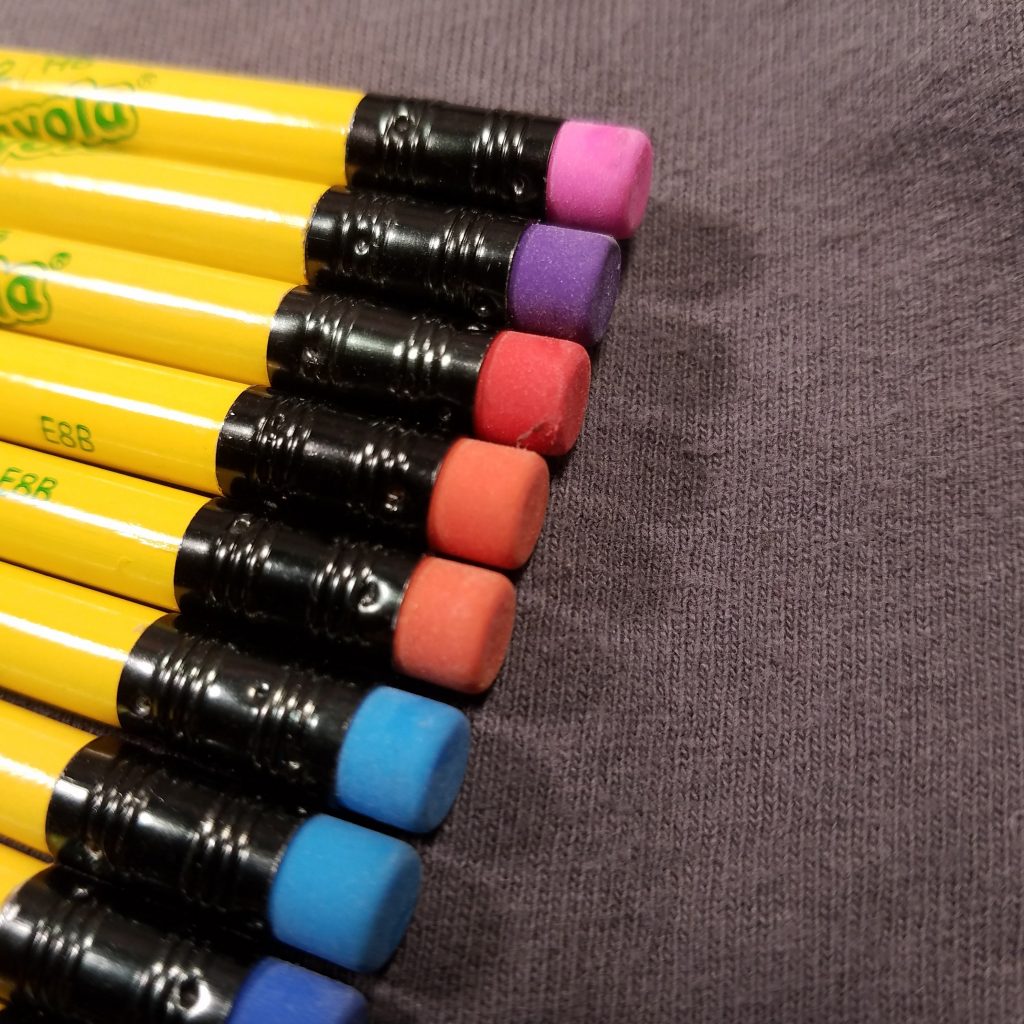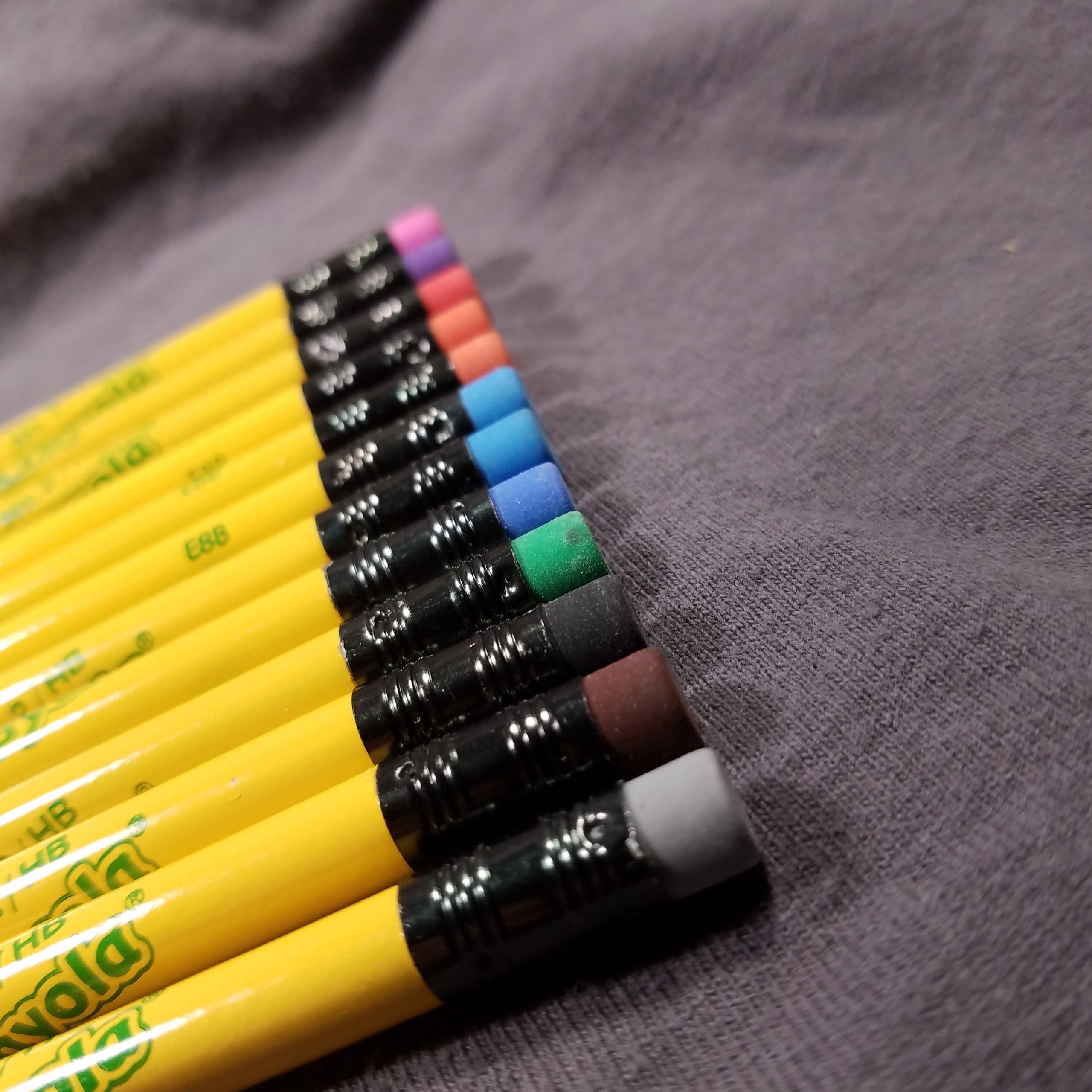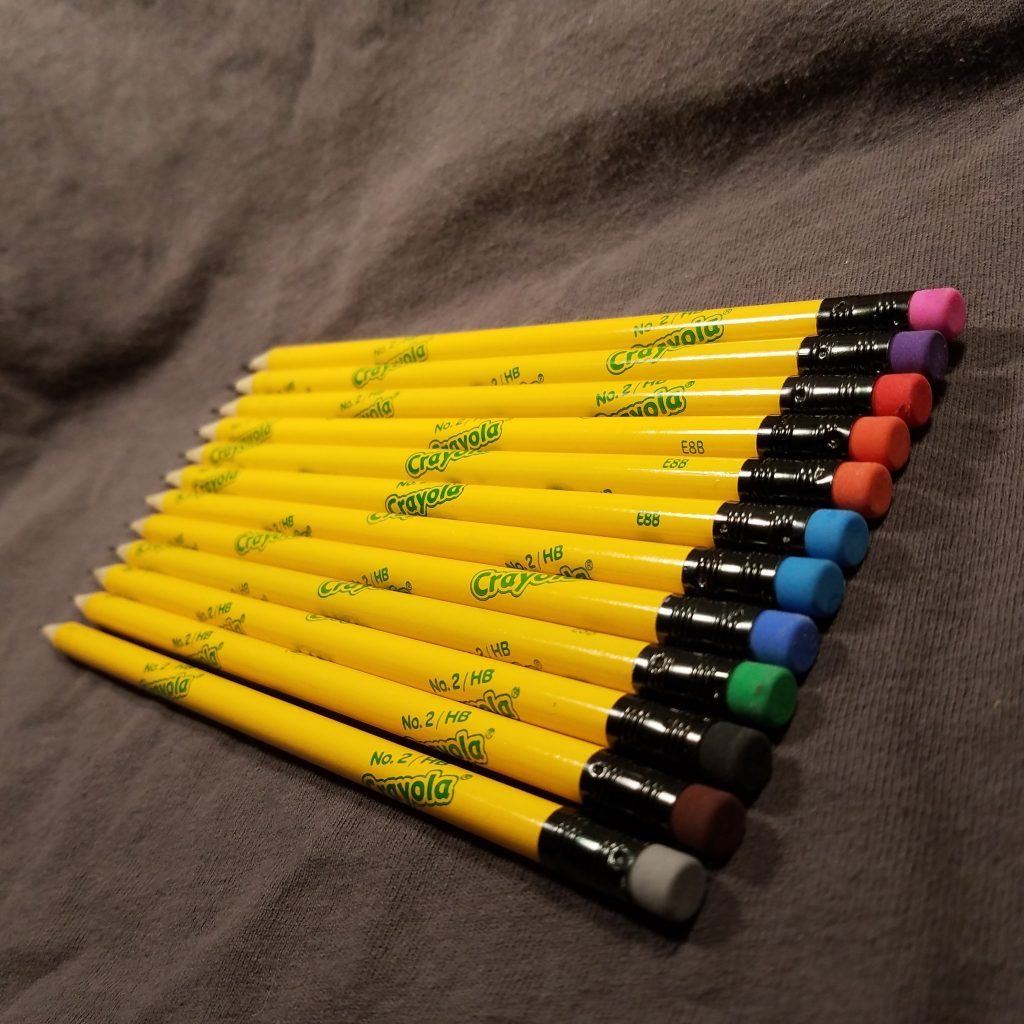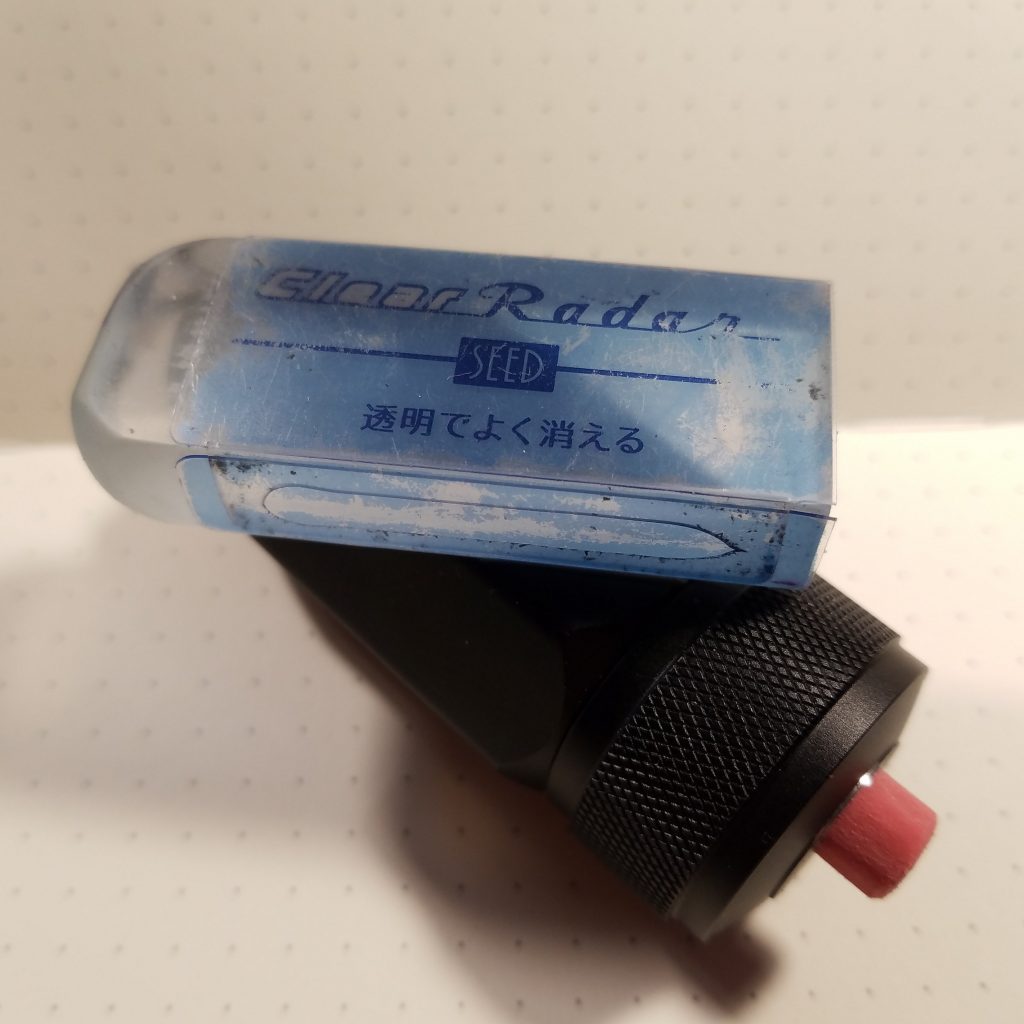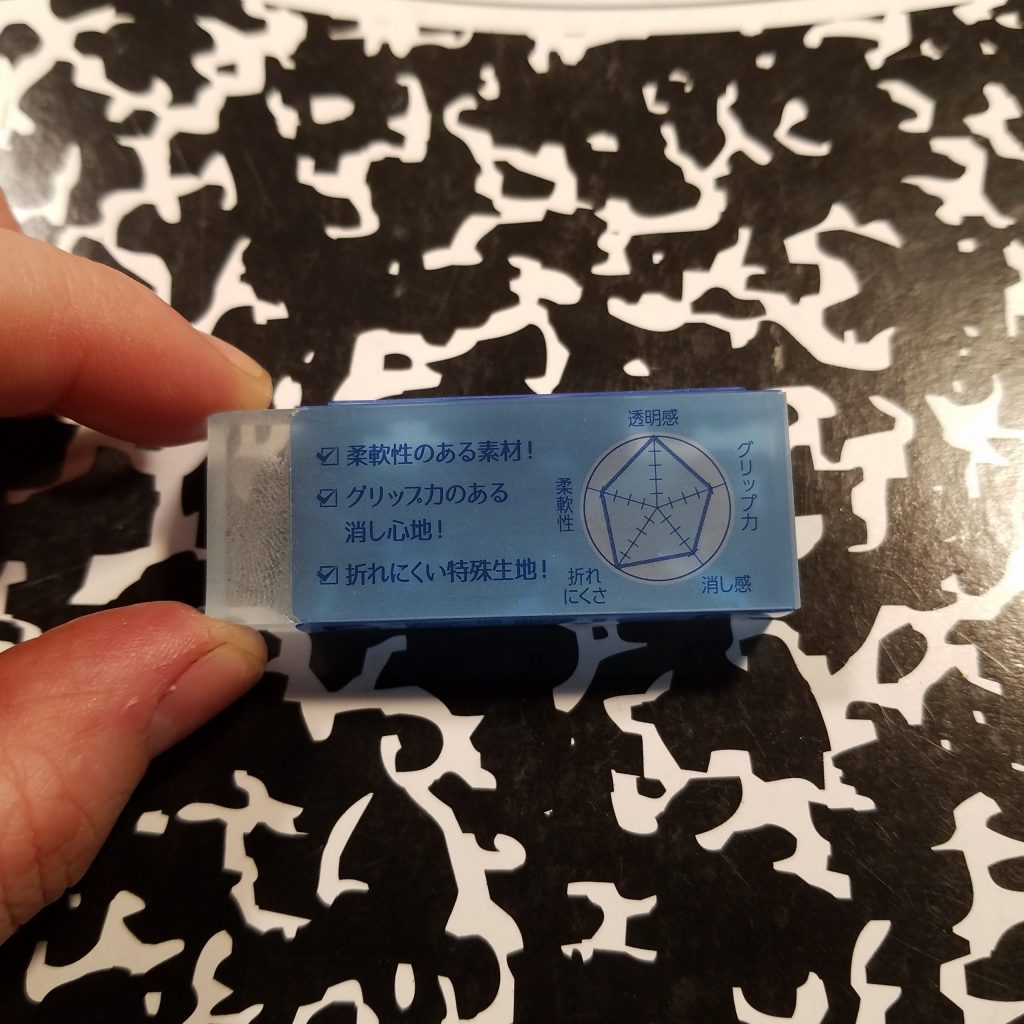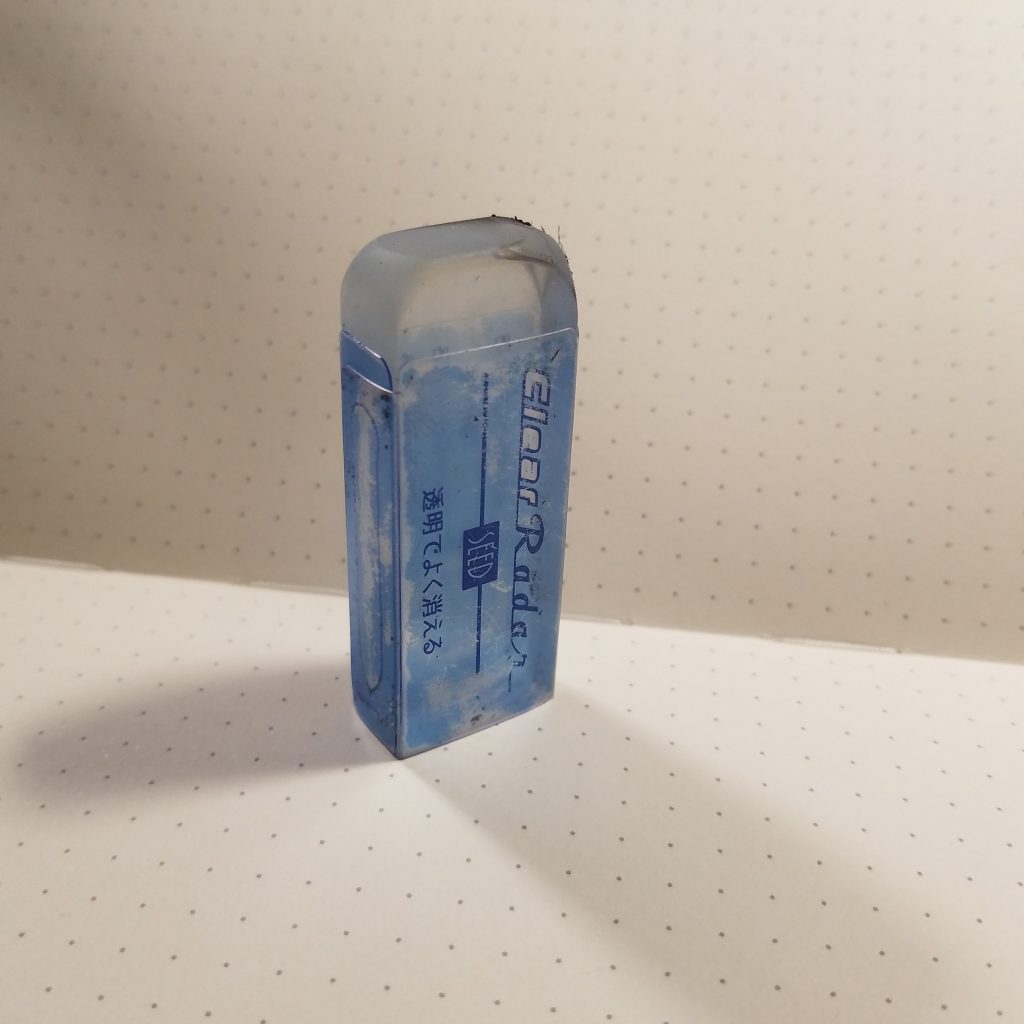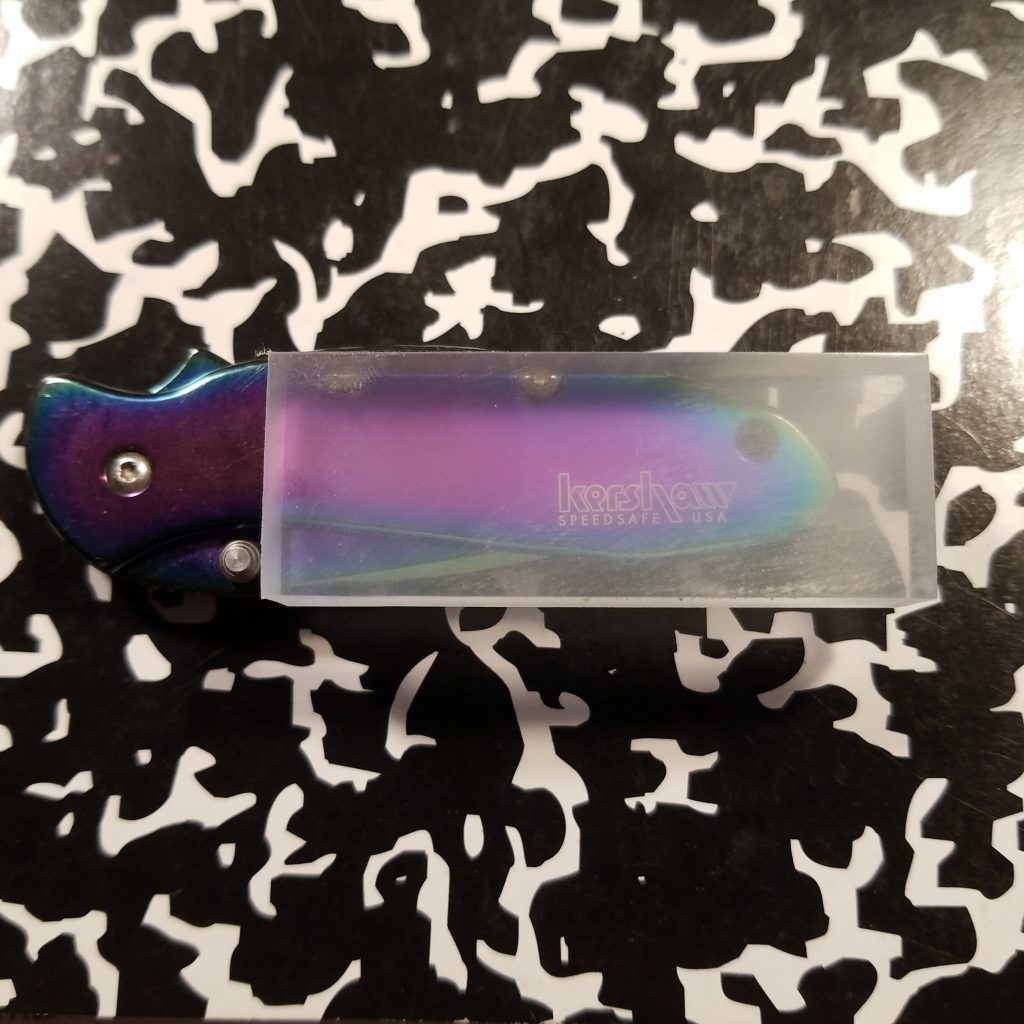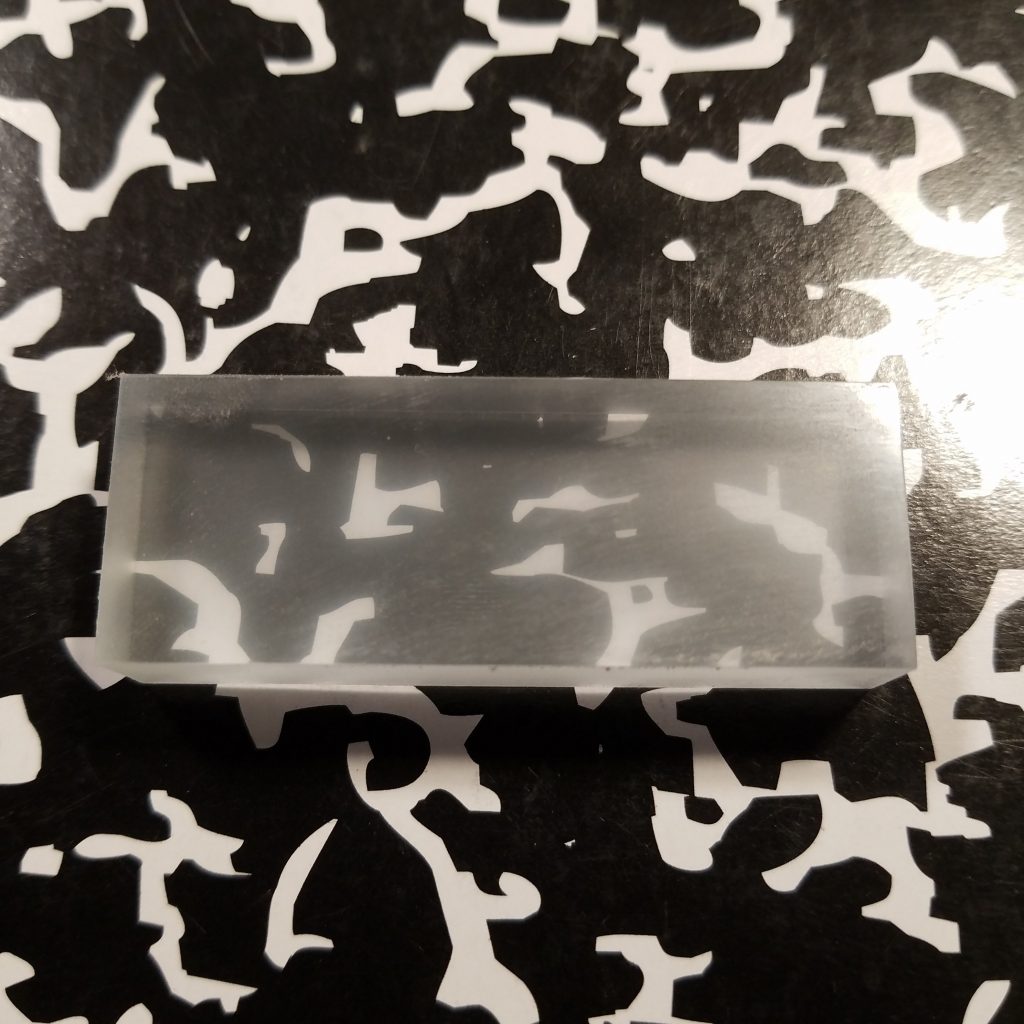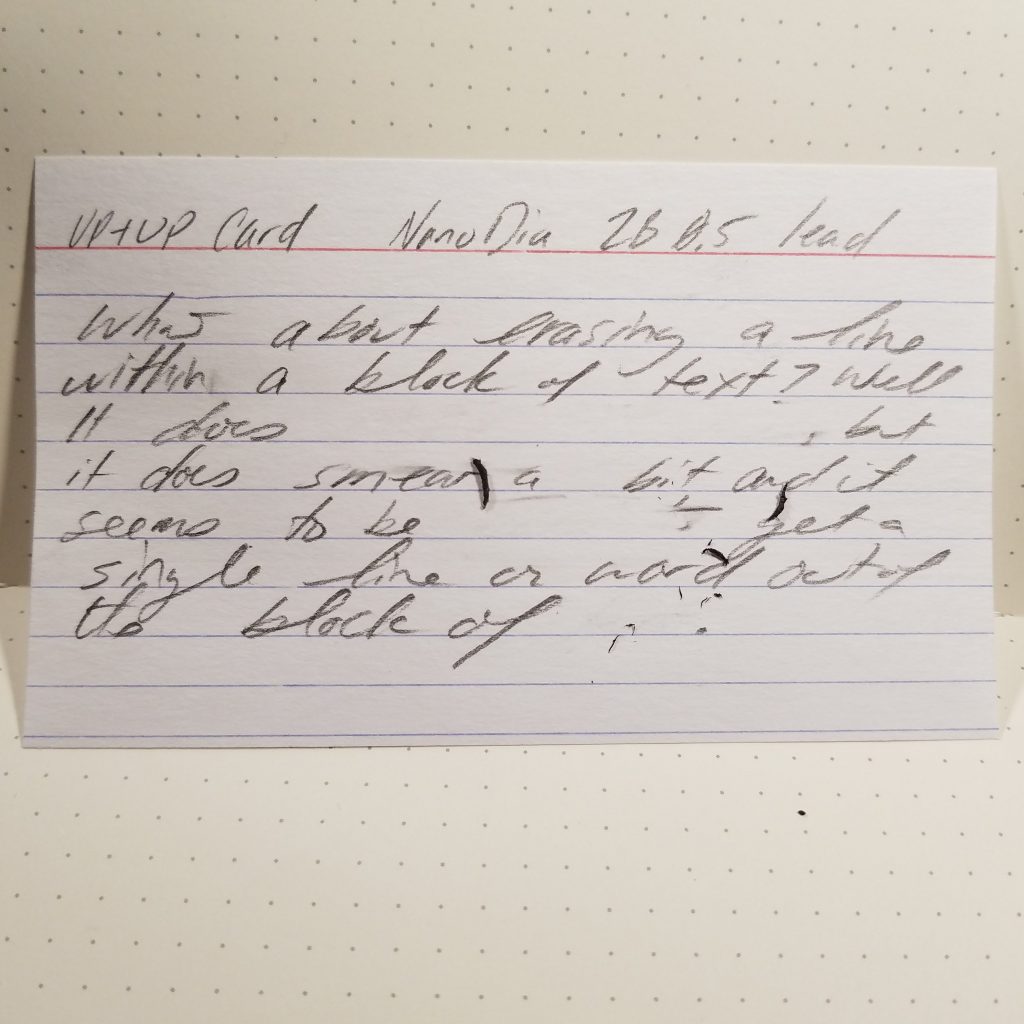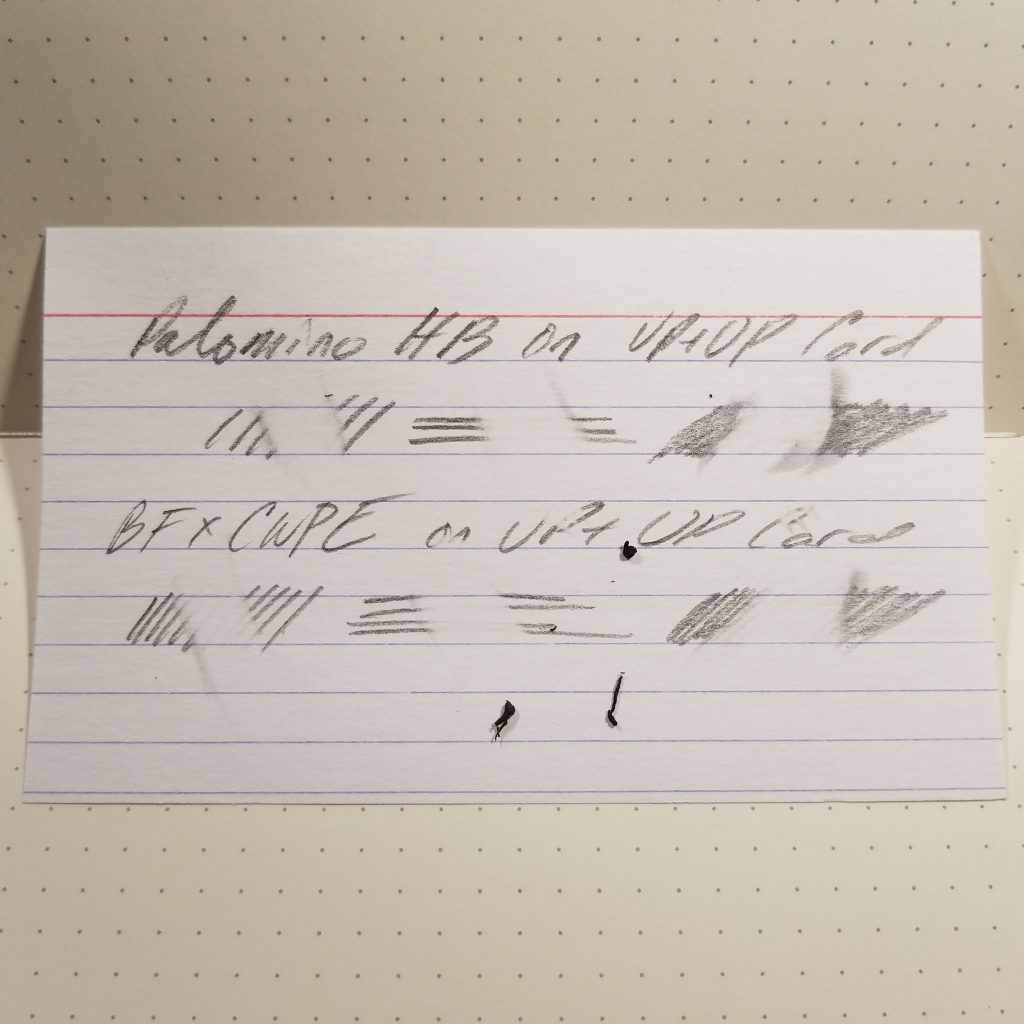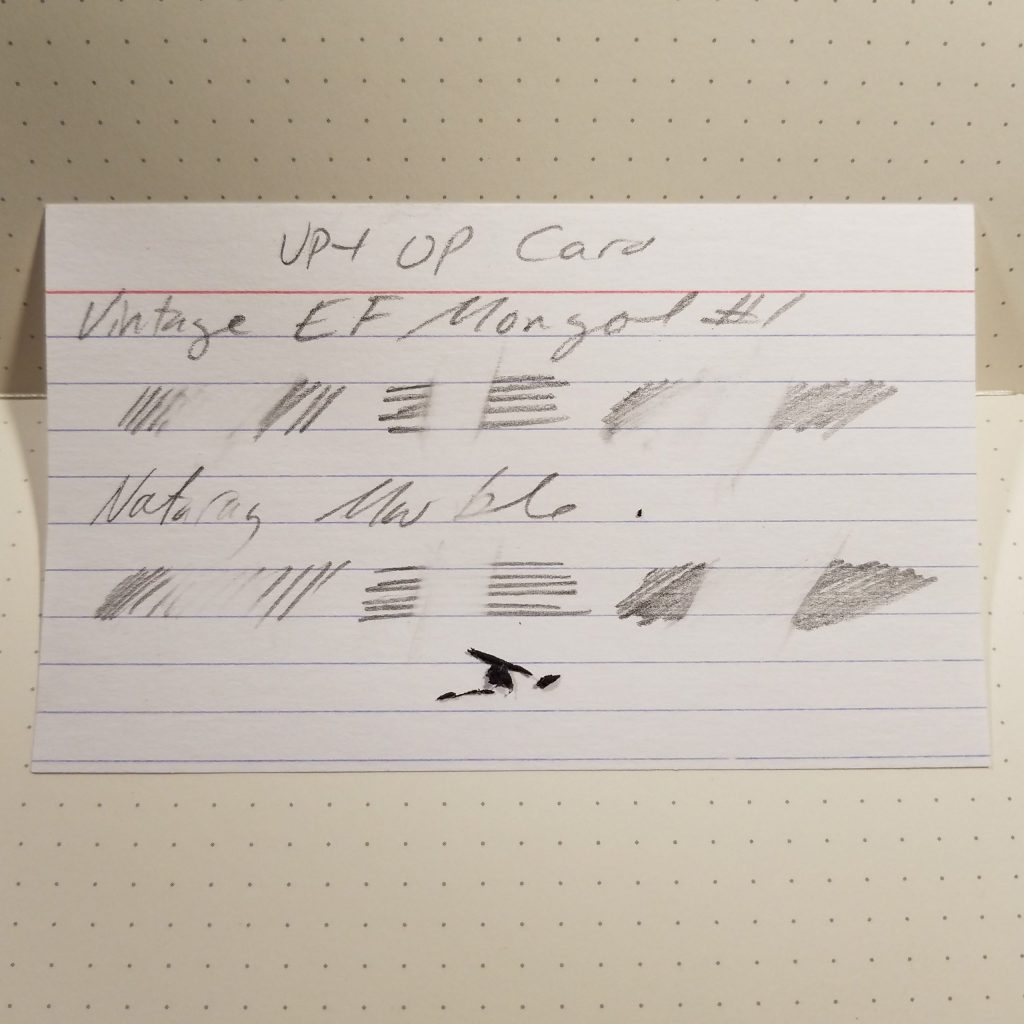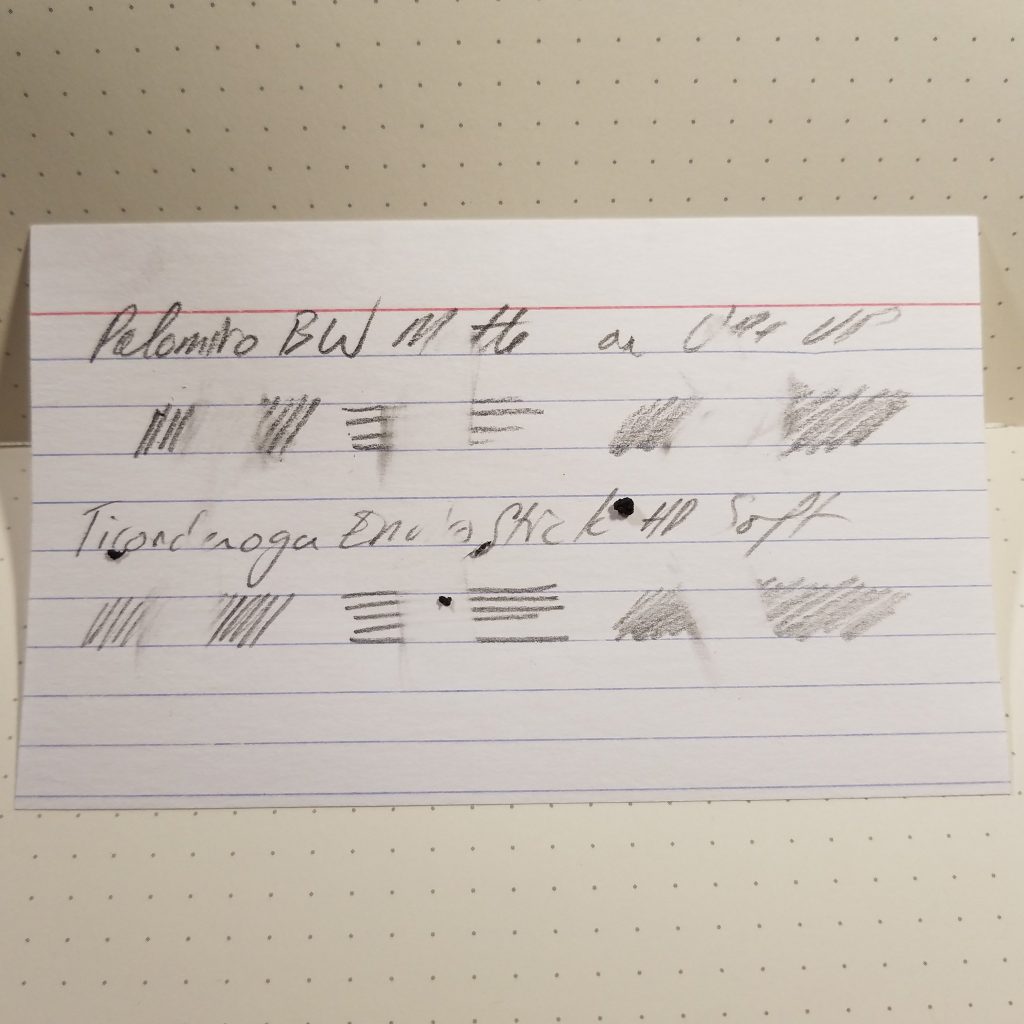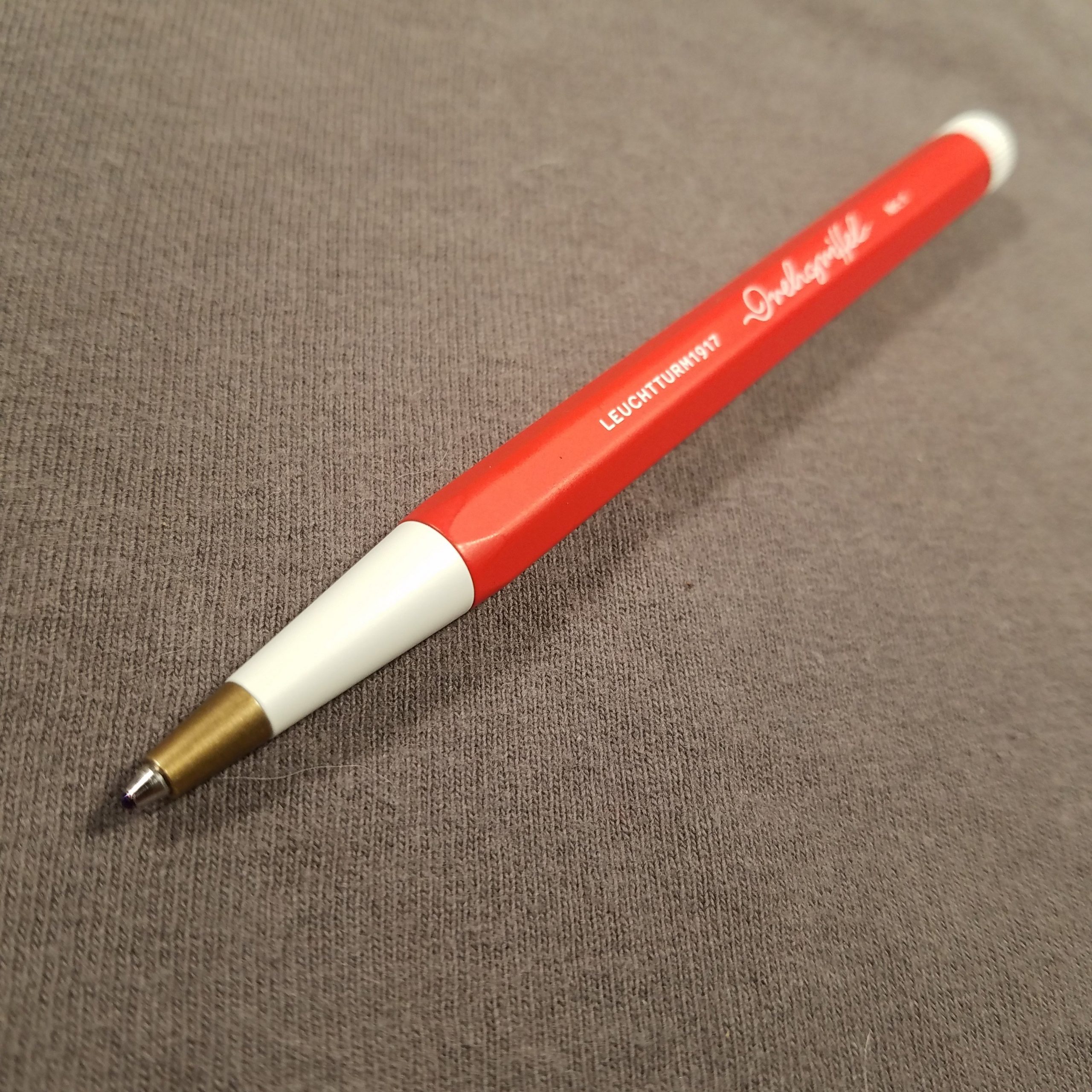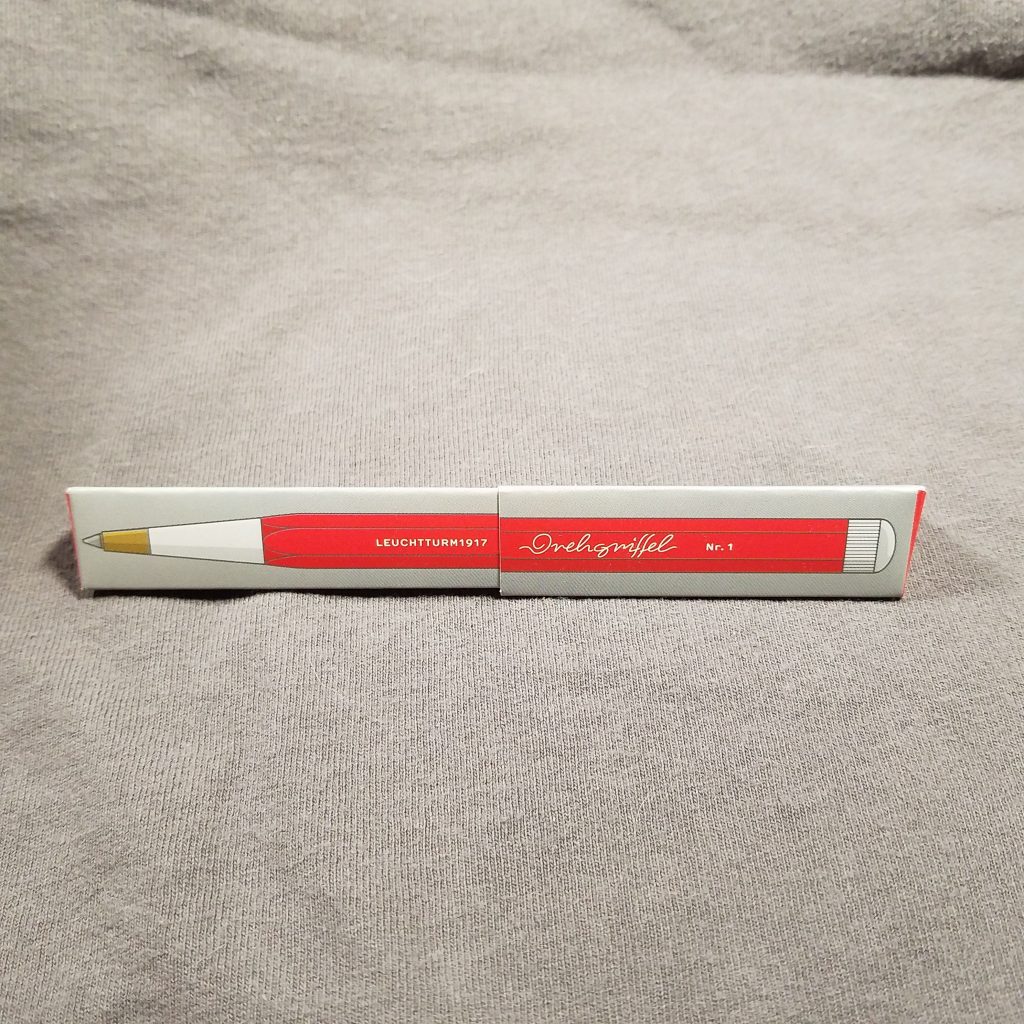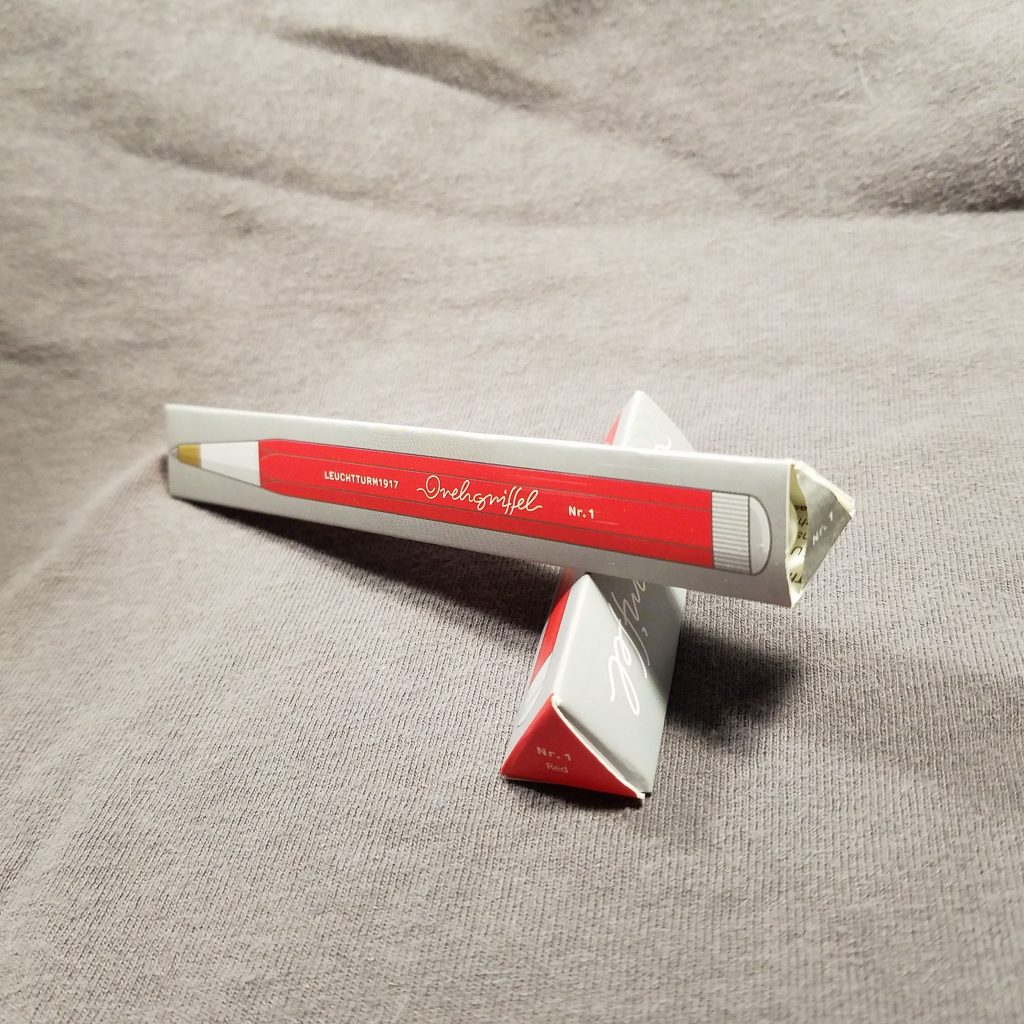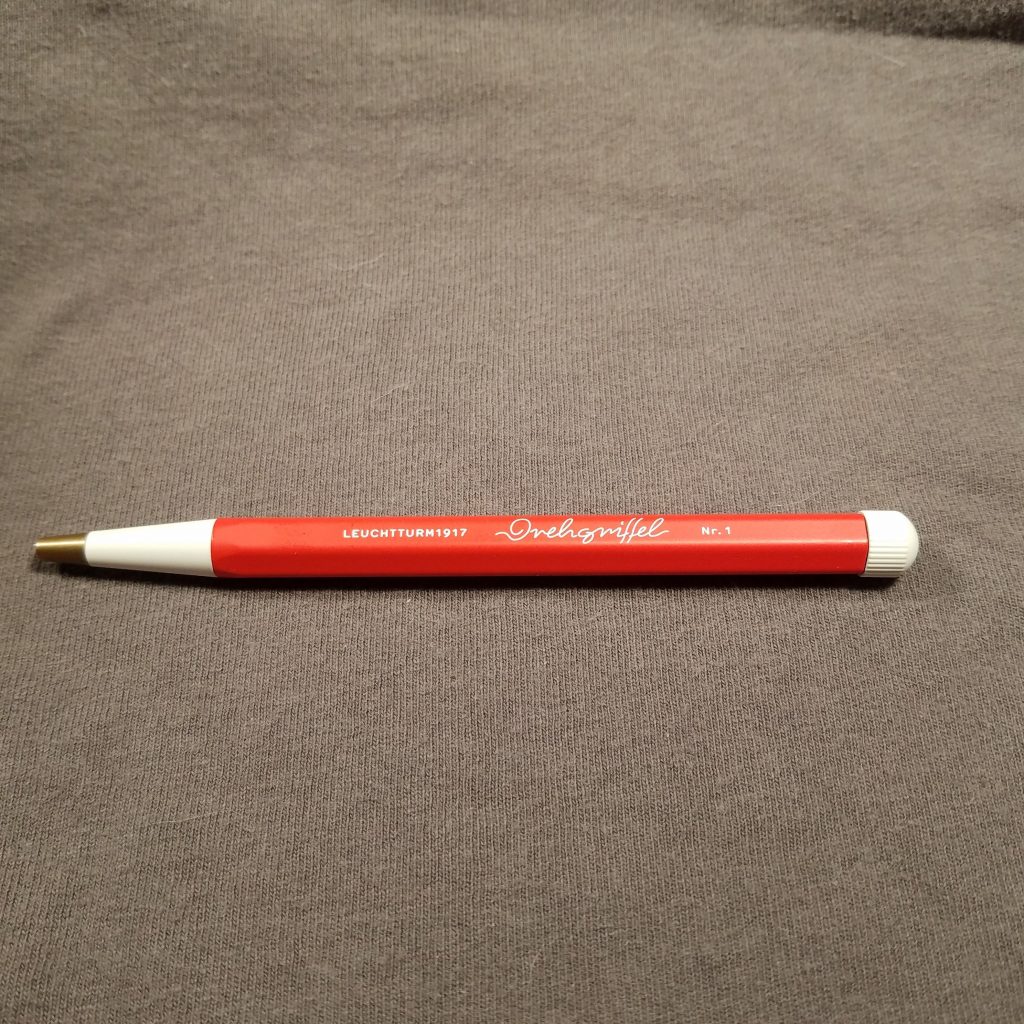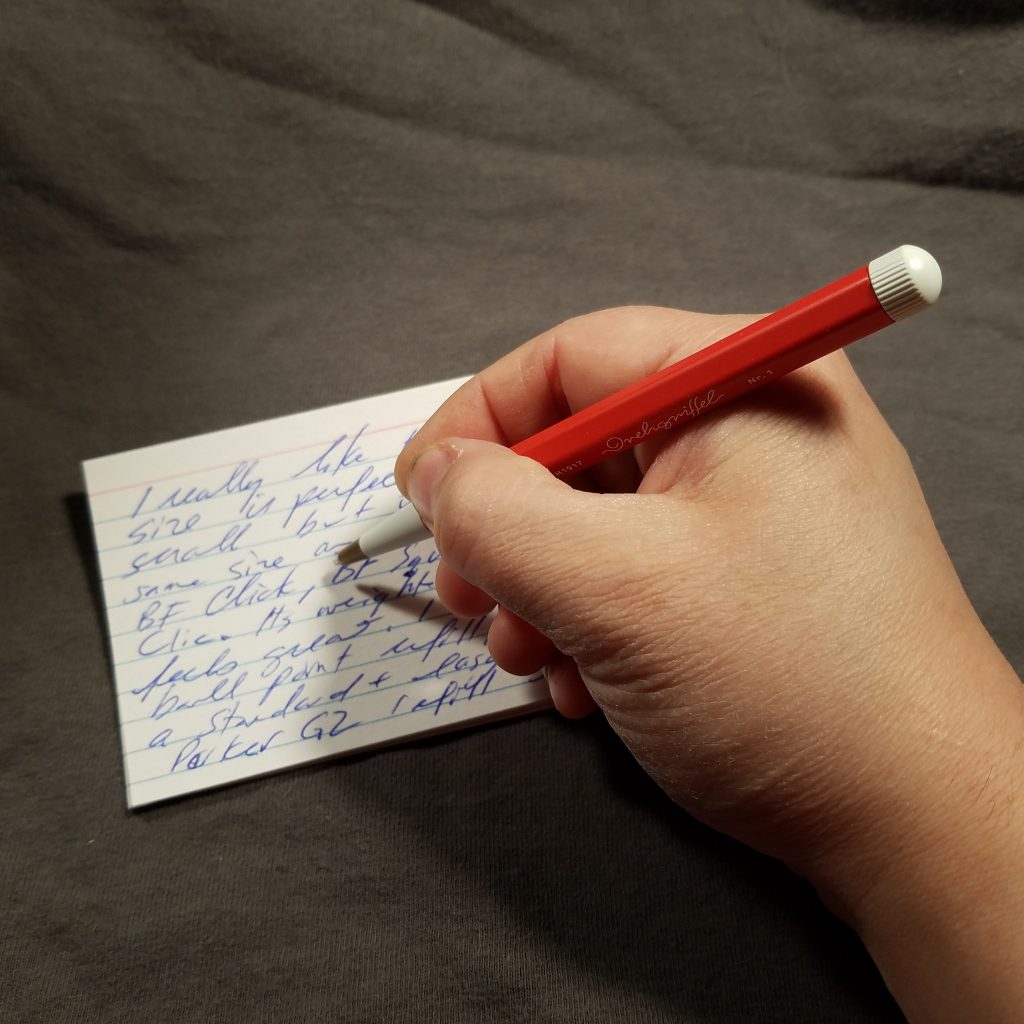I’m revisiting my reviews of inexpensive pens from China. Now the Moonman T1 is much more expensive than some of the other inexpensive brands from China- namely Jinhao and Wing Sung, which have made some of my favorite cheapies. Moonman seems to up the design aesthetic and improve materials. This is my second Moonman and won’t be my last.
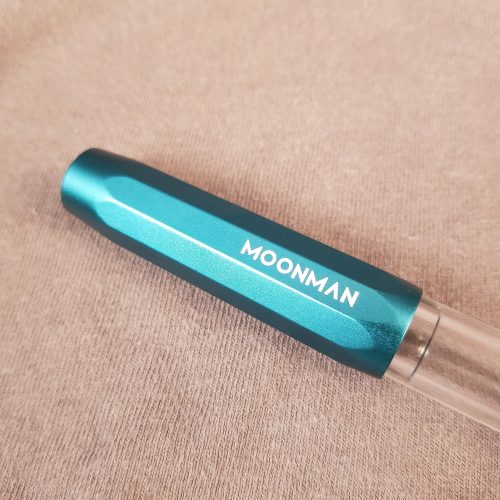
If you have ever wondered what would happen if you leave your Kaweco AL Sport and TWSBI Diamond in a drawer together for the night, well I have an answer for you, you’d get a T1. The cap is made of aluminum with plastic threading, the grip is aluminum and round, the body is clear plastic and smoothly round while the end cap and some of the insides are aluminum. The piston features a double rubber seal that is slicked with silicone grease. The nib is a larger size than I usually associate with Moonman. The nib is fixed to the body of the pen, while the grip forms a sleeve around it. Removing the grip and nib unit took some oomph. I think it had some glue to prevent this, but uh, not any more. It also had some silicone grease on the threads. After I cleaned it with warm water I regreased the threads and screwed it all together, snuggly, not too tight.
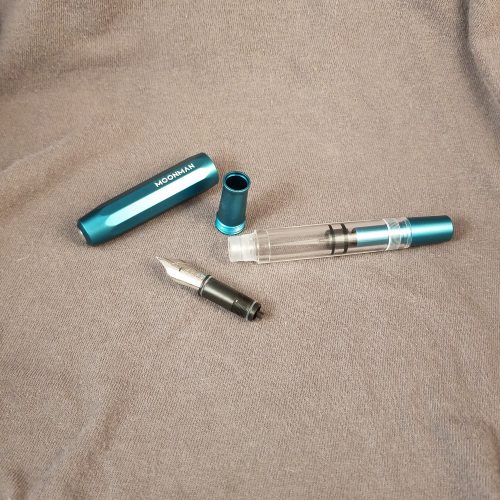
I’m out of practice reviewing fountain pens, but let’s just say this thing takes a great big gulp of ink. I filled mine with Iroshizuku TsukiYo, a favorite ink color that is a slightly muted tone of the same teal as the pen. The piston moves absolutely smoothly without catching anywhere. Like the TWSBI it doesn’t depress the whole way to the end of the section. I did not disassemble the piston mechanism, but it looks as though it uses a wrench much like the TWSBI.


Perhaps I should have tested the pen with a lesser ink but I have to say, this pen feels pretty good with a few little issues. The nib is stiff and with my heavy hand bounces a bit. I’ve been using it on some pretty rough composition book paper that is better with pencil than fountain pen and thought drags a bit, it feels pretty good. It doesn’t seem to have sharp or rough spots. It is a slightly dry writer, which is a surprise with this ink. If it continues past this fill I’ll modify the feed to be toward my preference of wetness.
On better papers this nib feels really nice. I’ve written a letter on Rhodia and used it in my work and home bullet journals. The results have all been really nice. On the Leuchtturm paper it glides and feels nice. Even in my no name home bullet journal it feels great.
The section is a nice size for my hand. It’s roughly the same size as a standard Sharpie. The slight flare at the base makes it feel grippy. I’ve discussed how I have dry hands so I tend to not find pens slippery, but it should be noted that the grip is made of metal and those of you with wet sweaty paws might find this slippery.
The body of the pen is nicely sized and fits my hand well. It can be posted but that makes it ridiculously long and top heavy, also, it posts to the end cap and we all know that can lead to dramatic errors. It arrived in a nice hard plastic box with a foam insert as far as packaging goes, this one is actually usable as a pencil or pen case. Once you slide that foam out, you have a nice hard bodied case to put your pen in to take to work or wherever you might go in their weird Covid Days.
My one issue with the pen is that it has some pretty sharp drops from the body of the pen to the grip section and end cap. It’s not a smooth drop. The edges feel a tad bit sharp. It doesn’t sit in a place that causes issues, but is worth a mention.
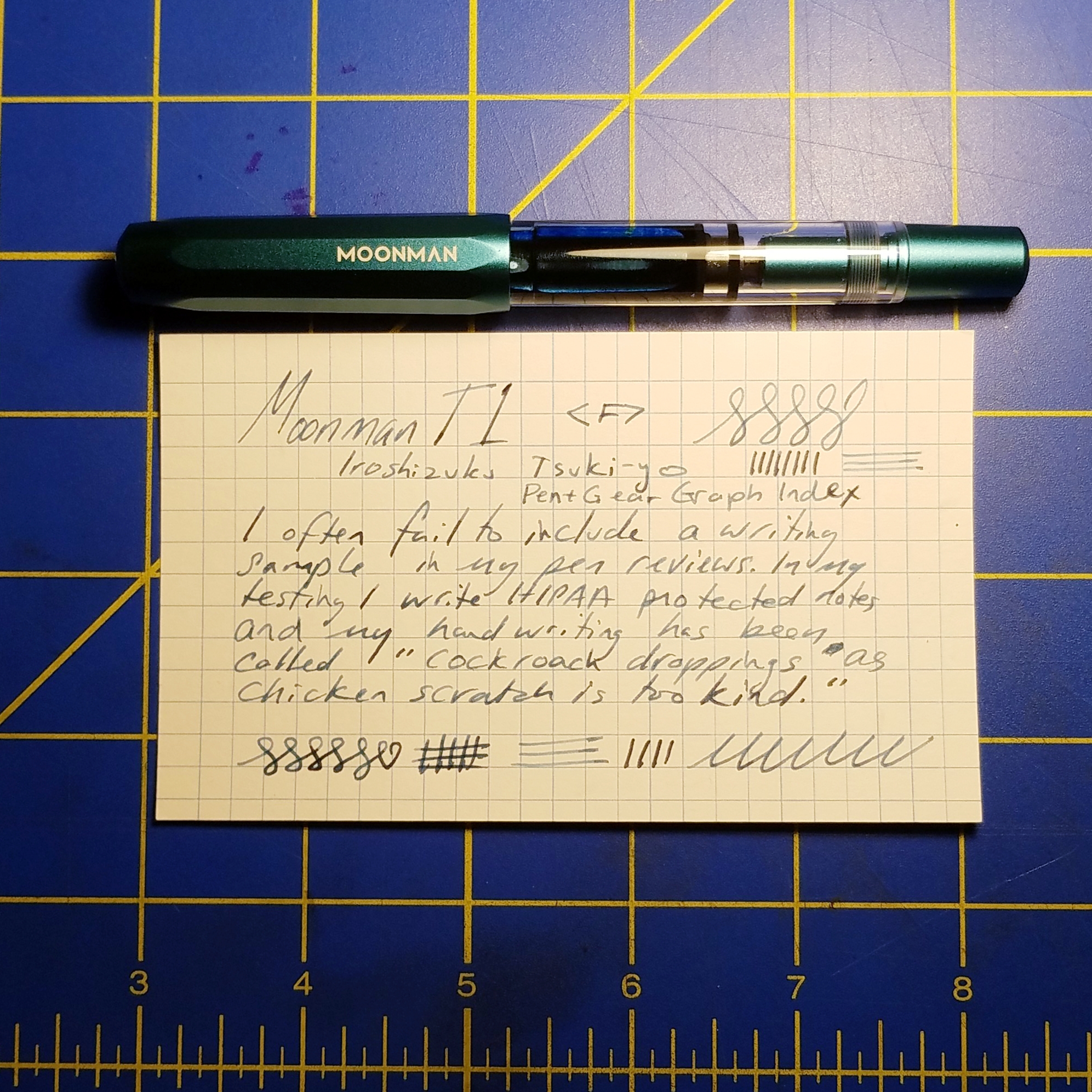
Overall I like this pen. I like the mash up of Kaweco Sport and TWSBI aesthetic with the addition of a piston fill. Mine was $29 on sale, they are currently going for $33. Most of the Moonman pens appear to be cartridge or eye droppers, so this piston fill seems a little different. I like it but I have to wonder if it is worth the price tag when you can get “better” brands for roughly the same price. The TWSBI Eco clocks in at roughly $30 and has a huge variety of colors and nib options and can be purchased through a number of totally legit sellers VS various resellers on eBay or Amazon. While I totally dig this pen, a TWSBI Eco is likely a better choice in terms of the company backing it up with a guarantee.
